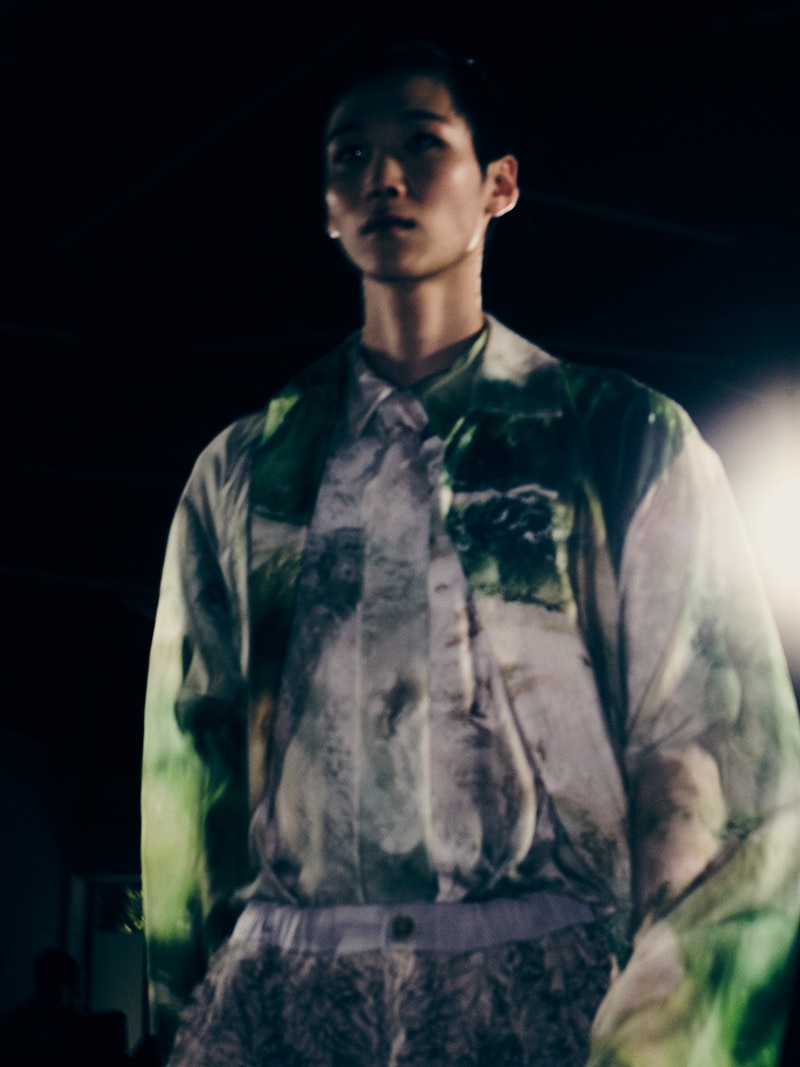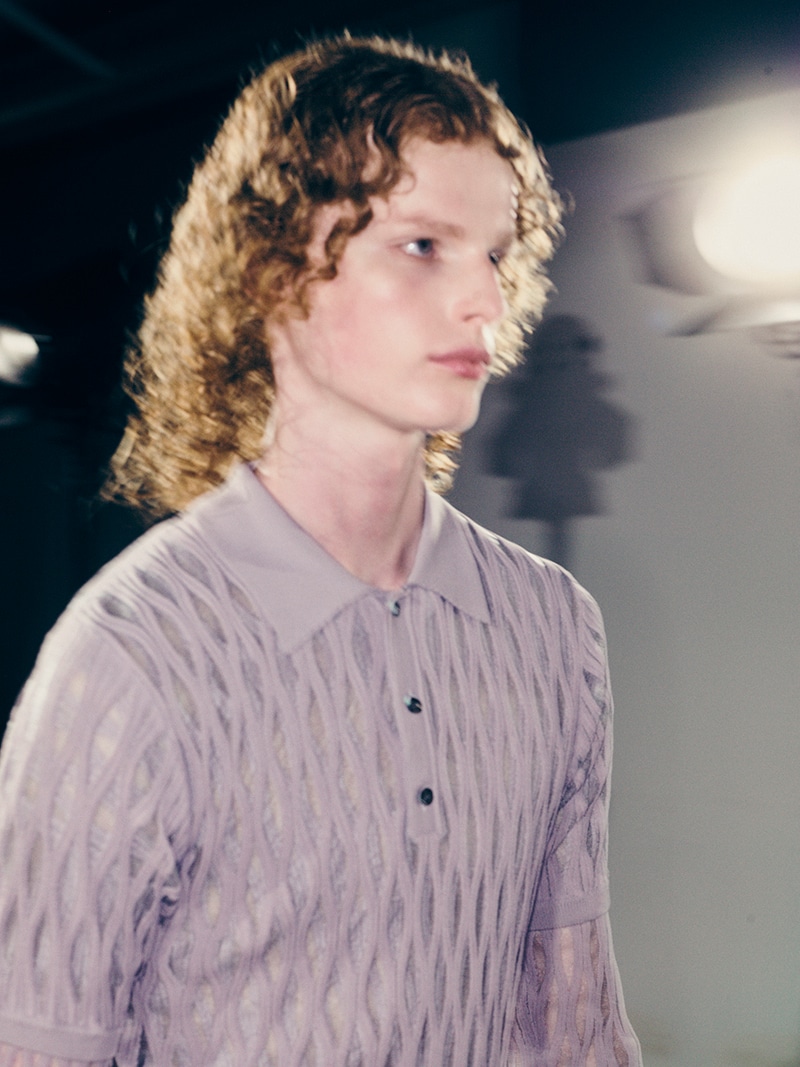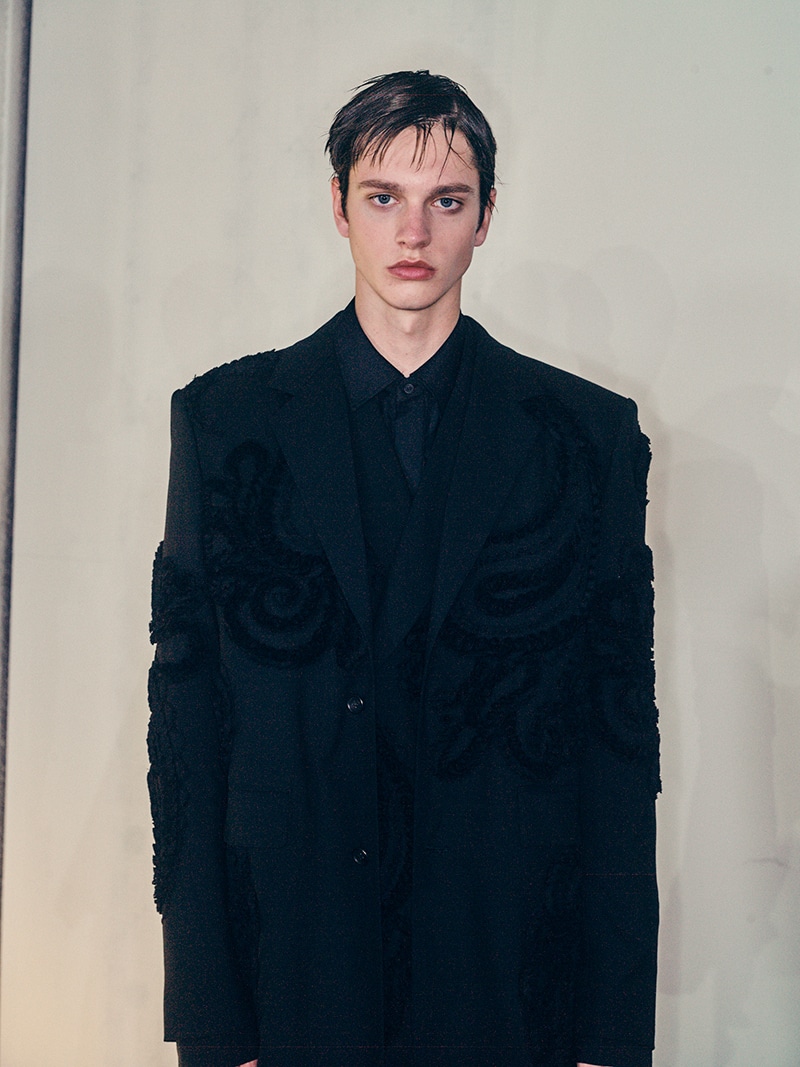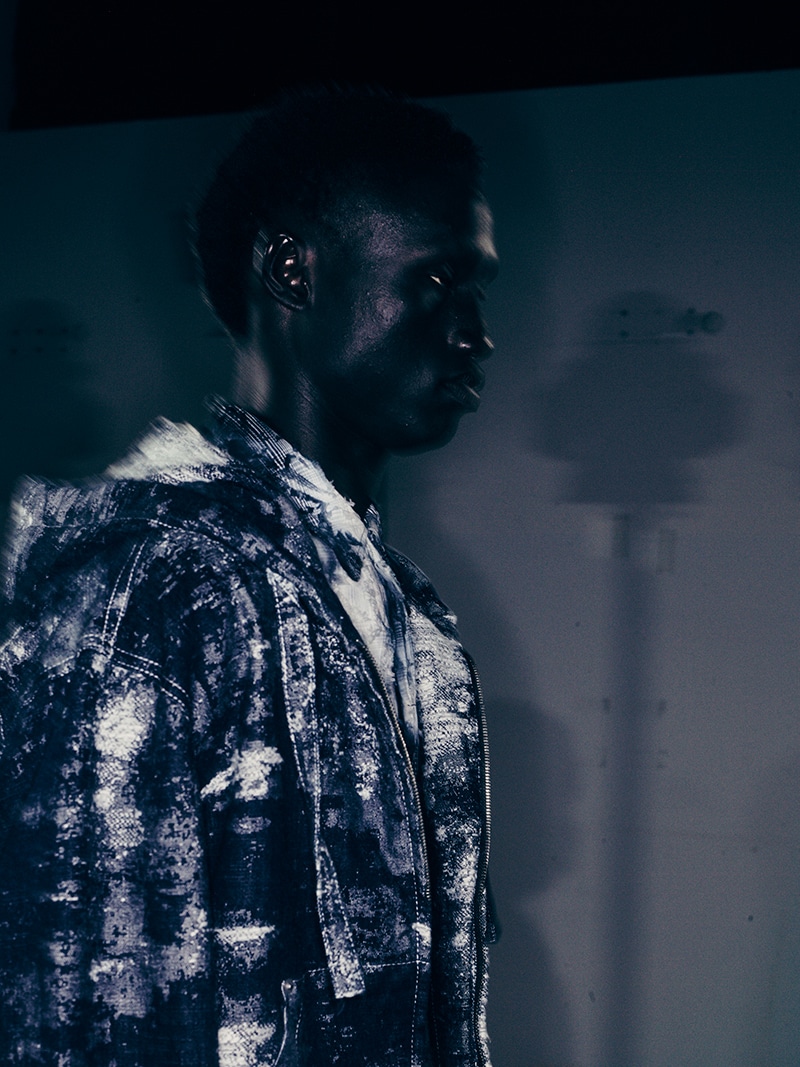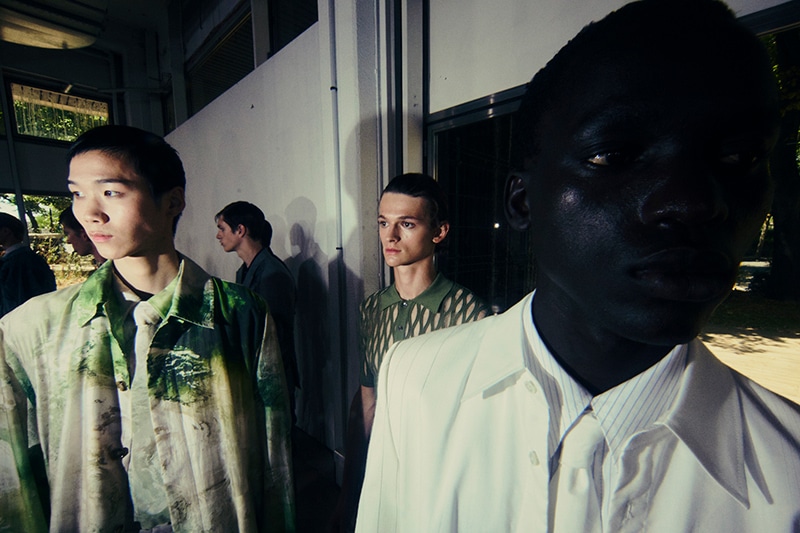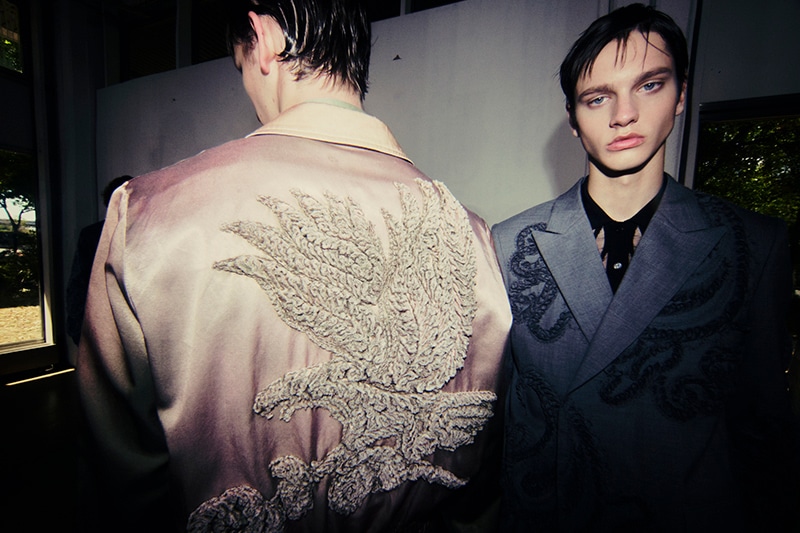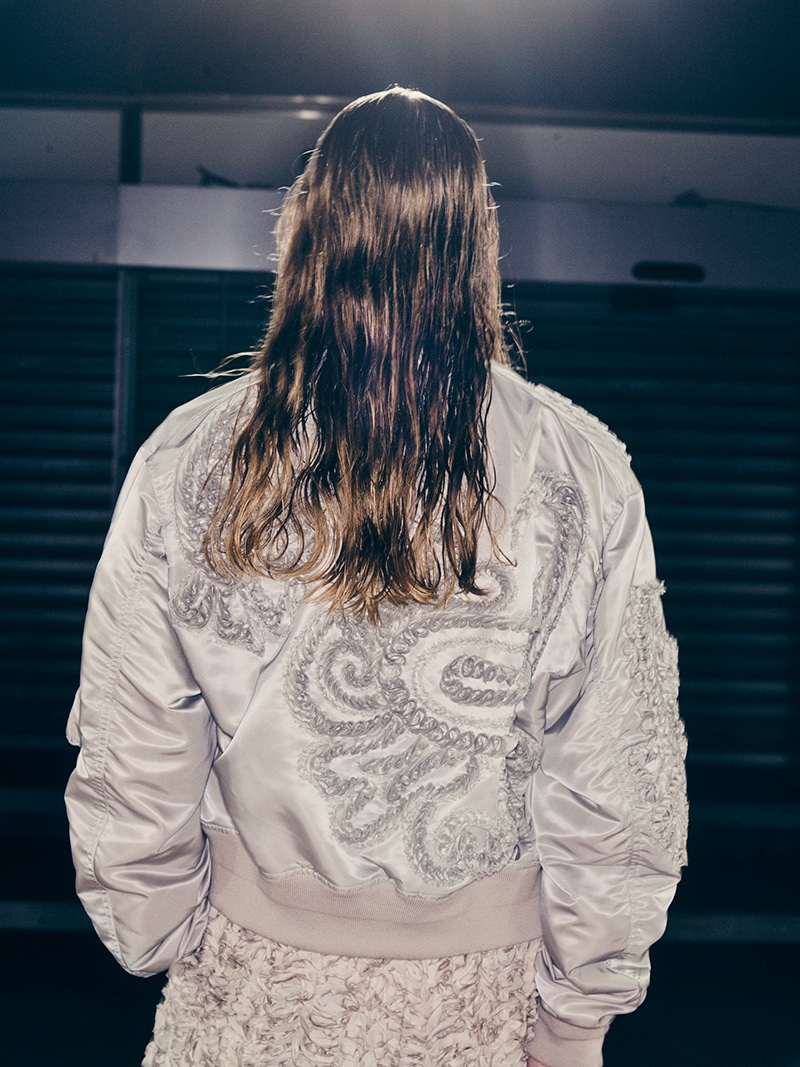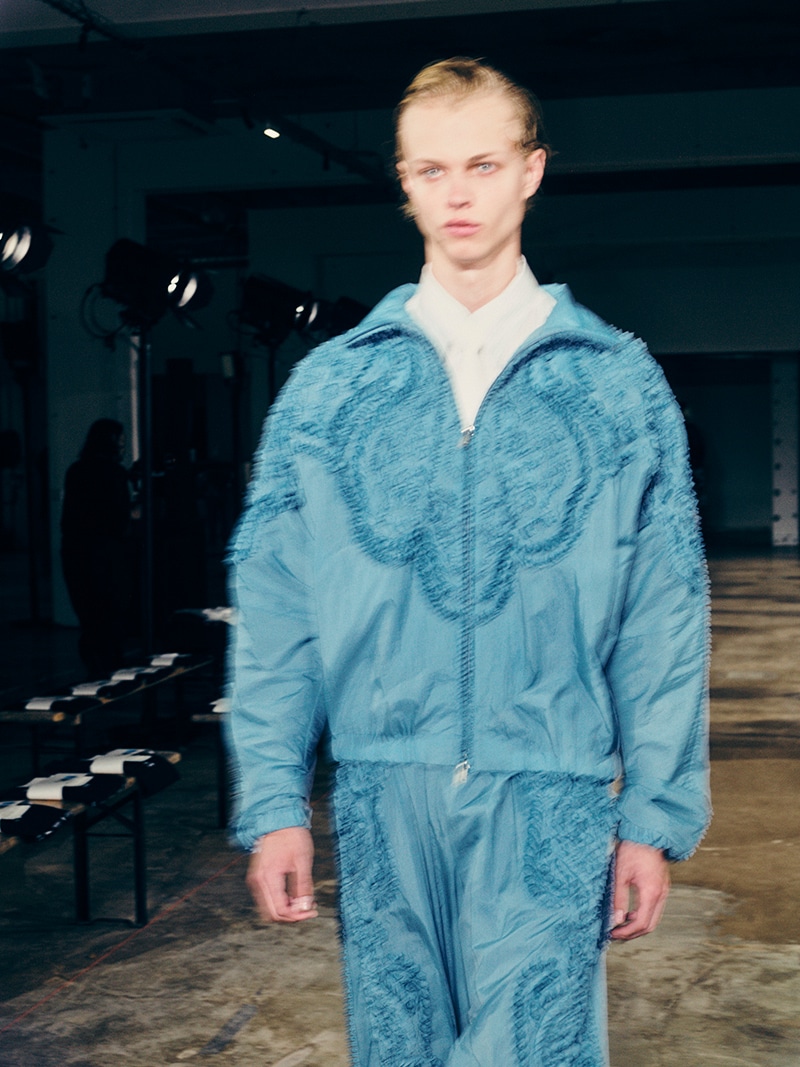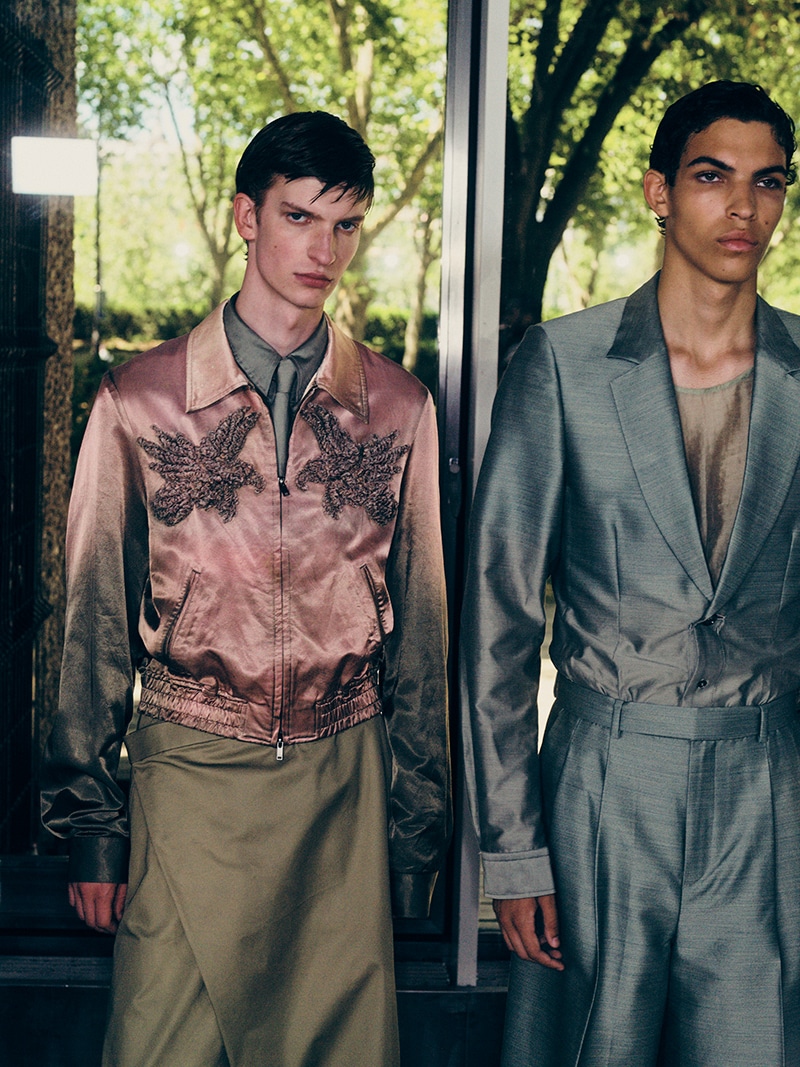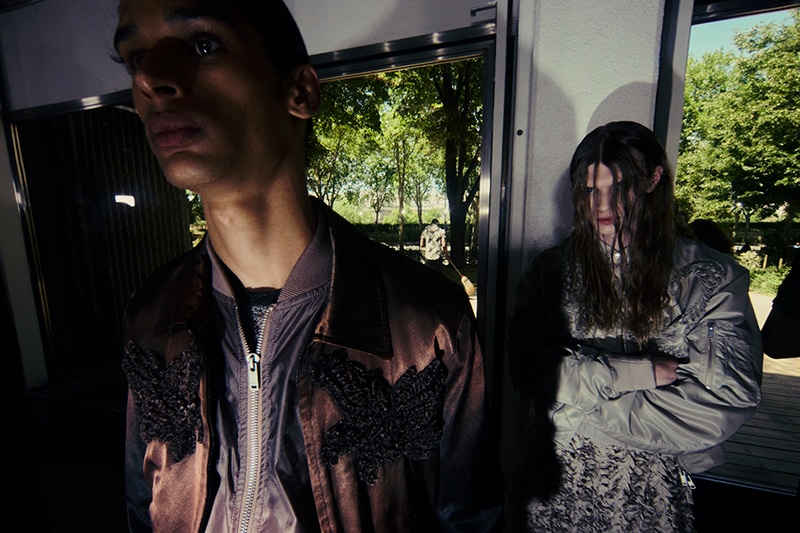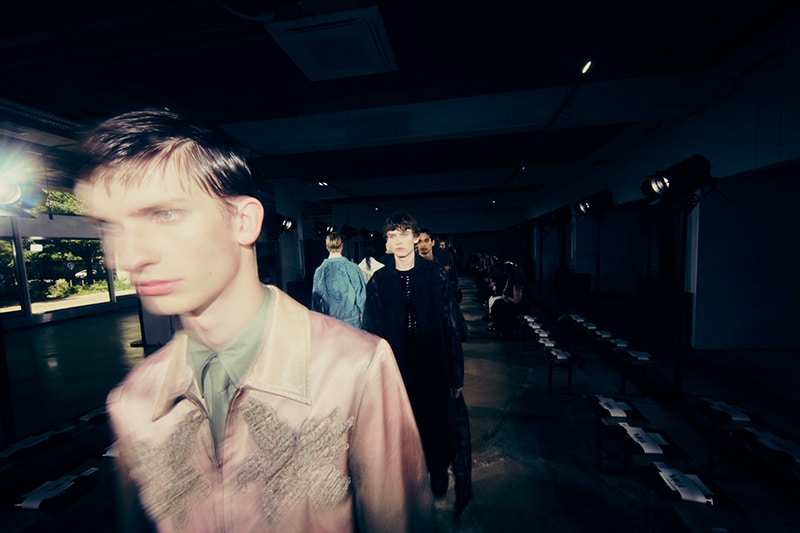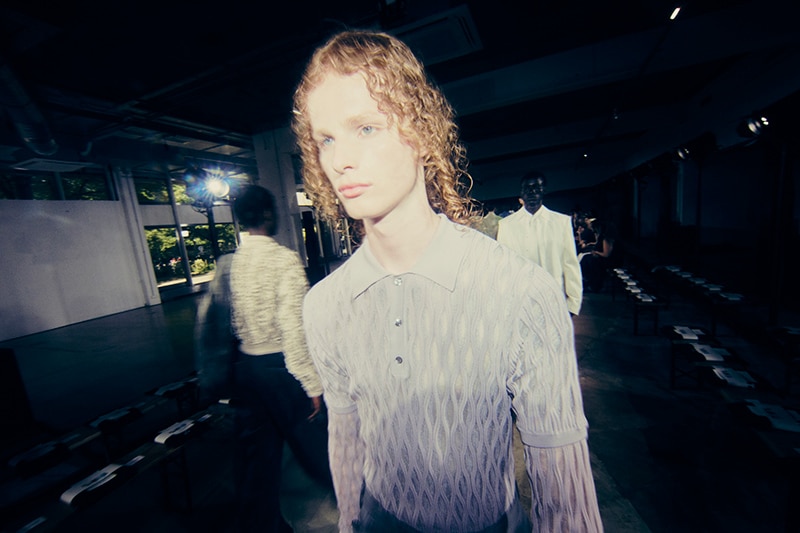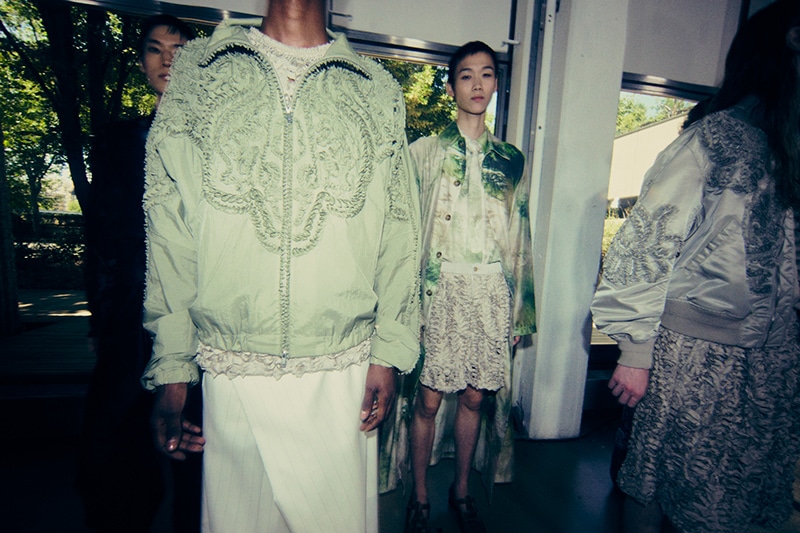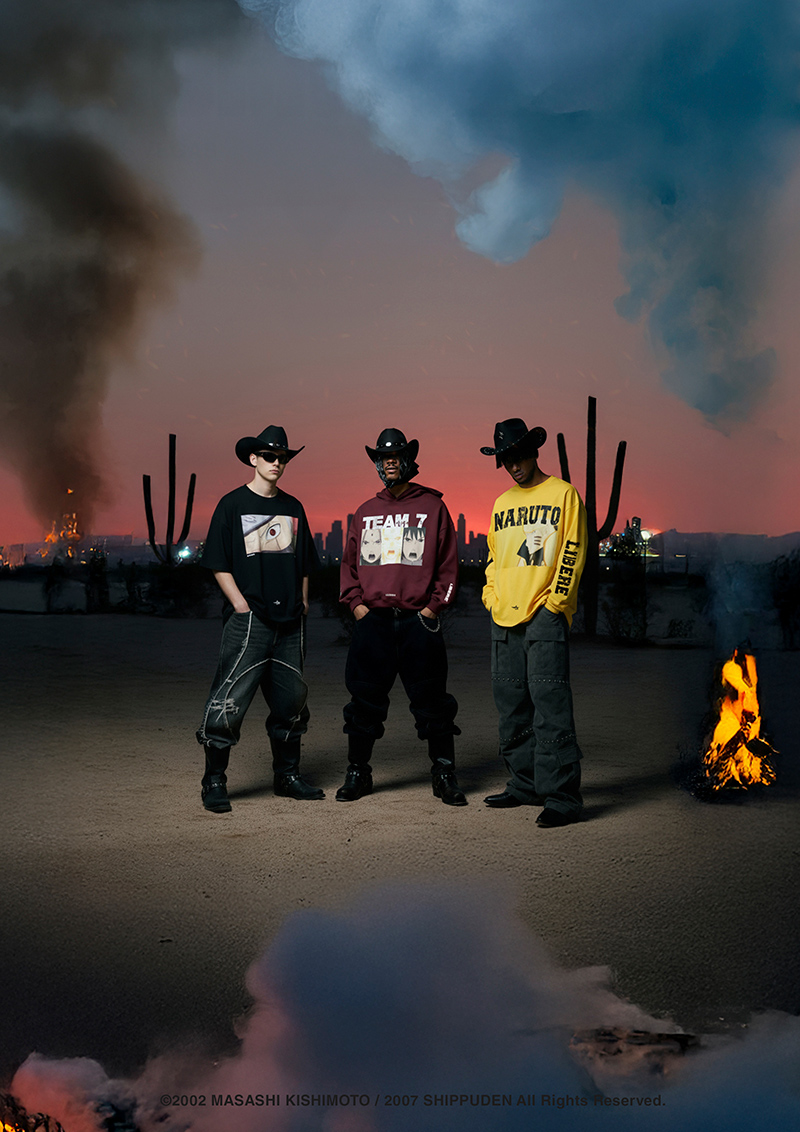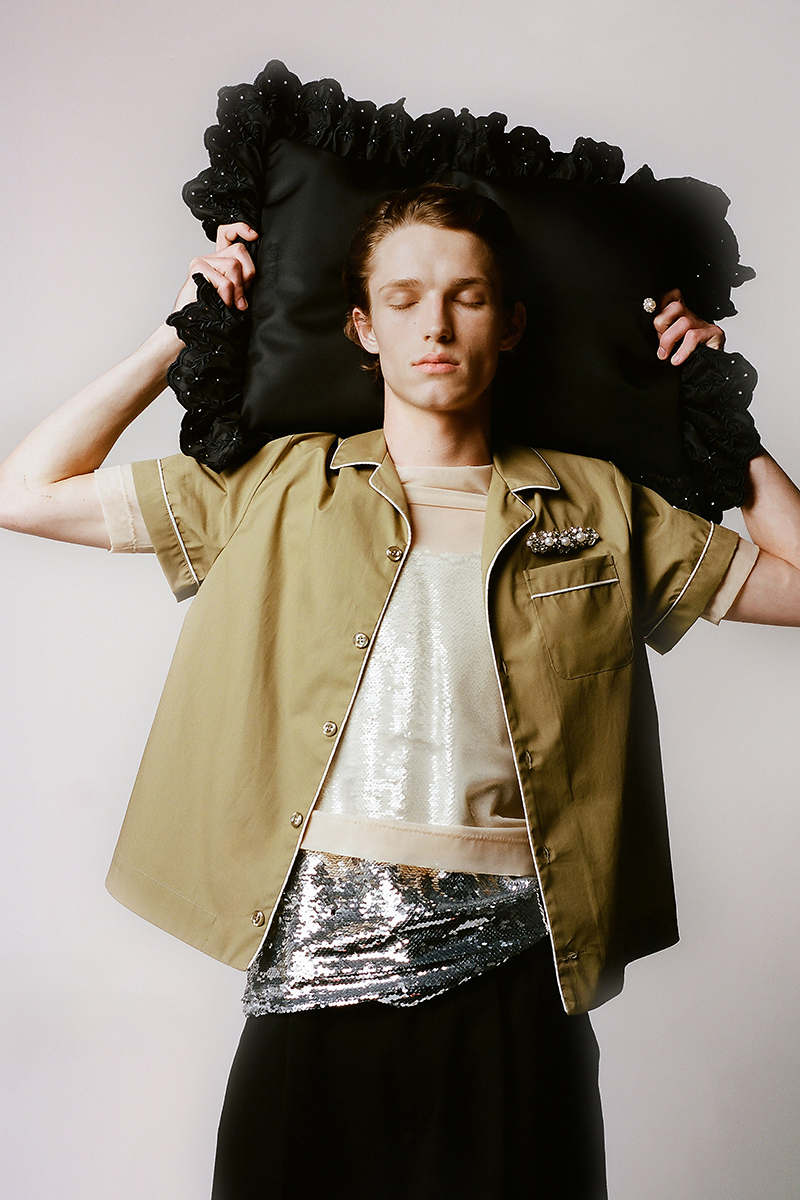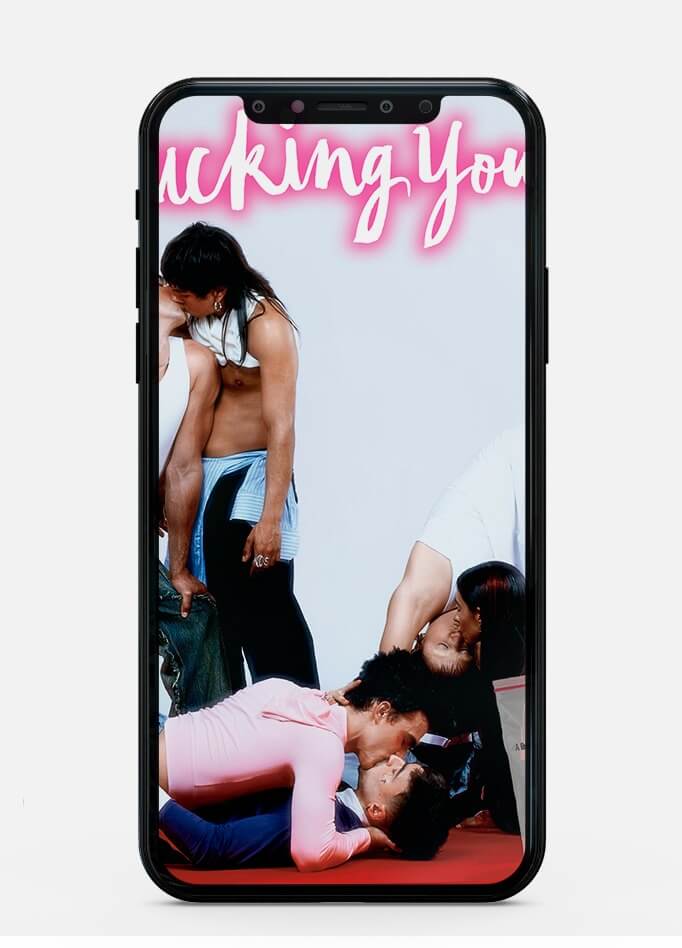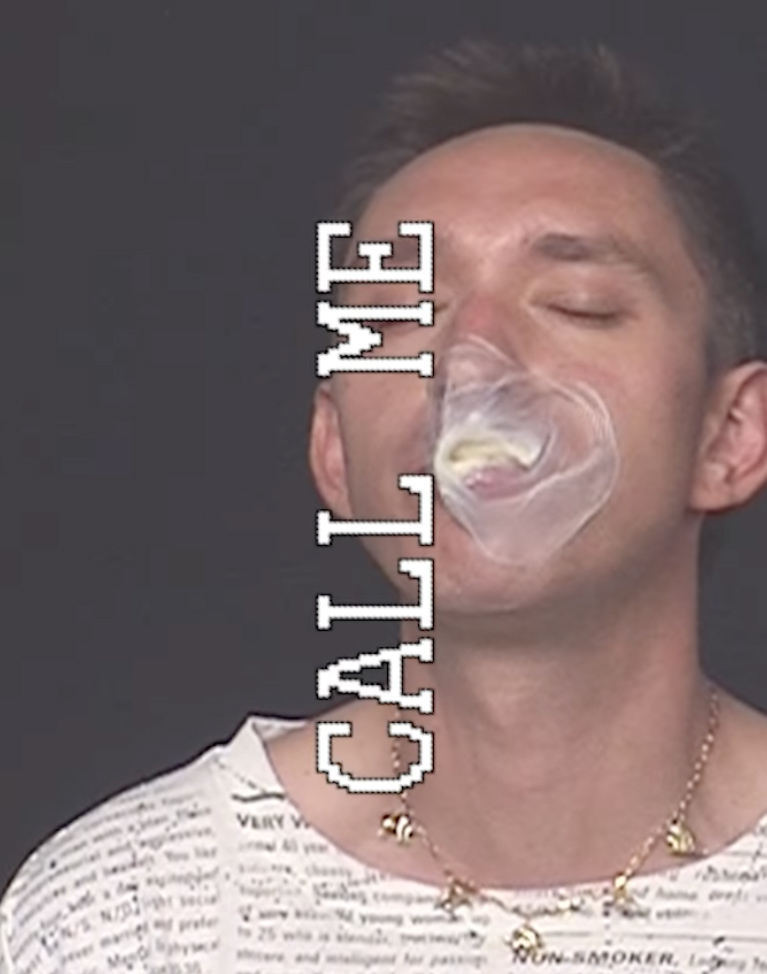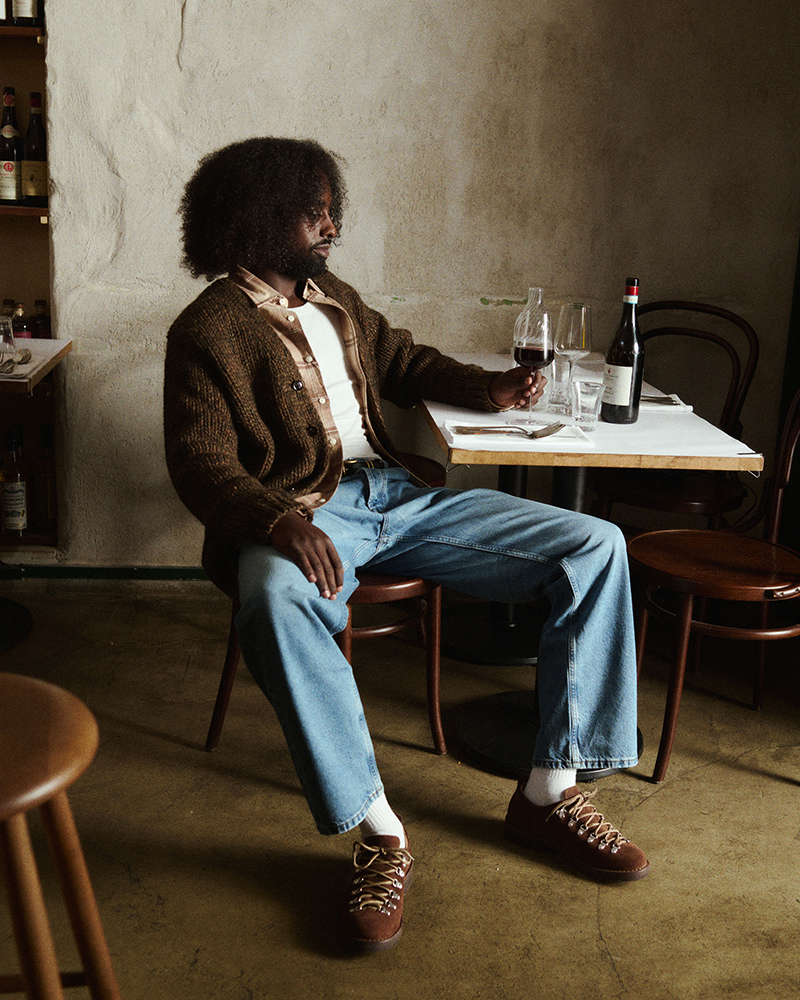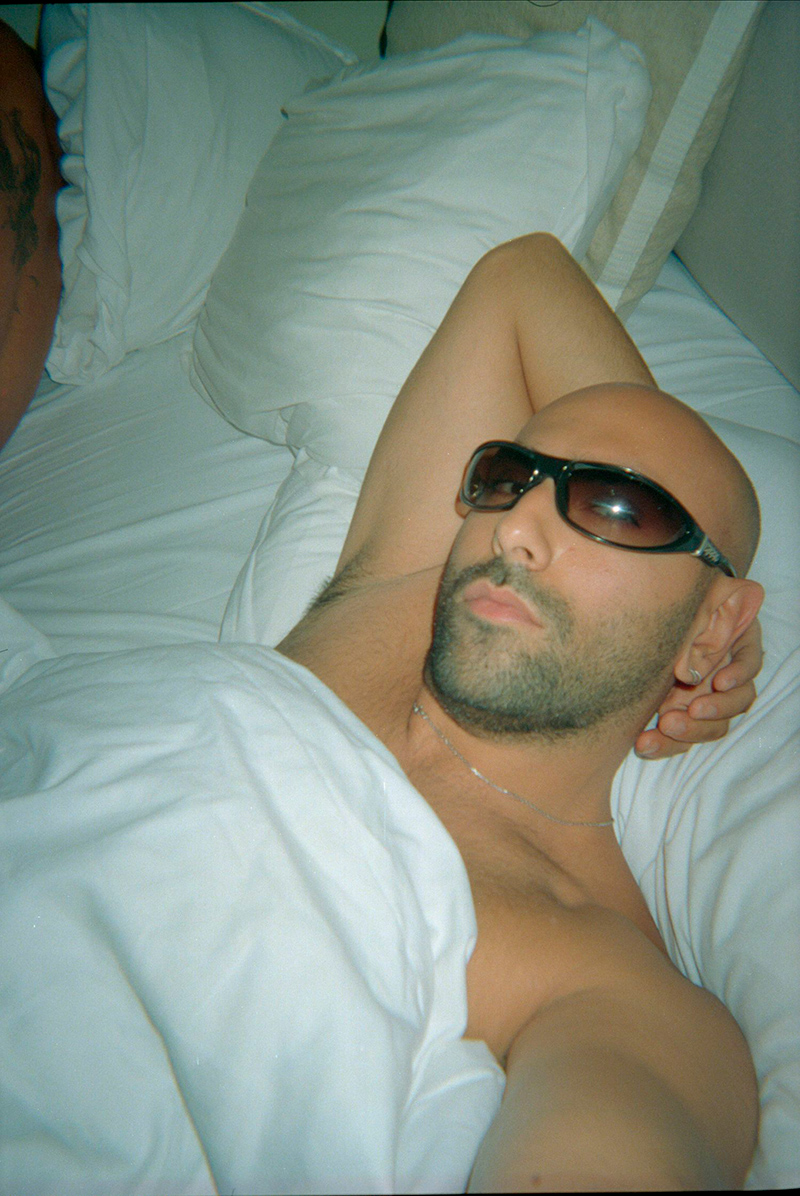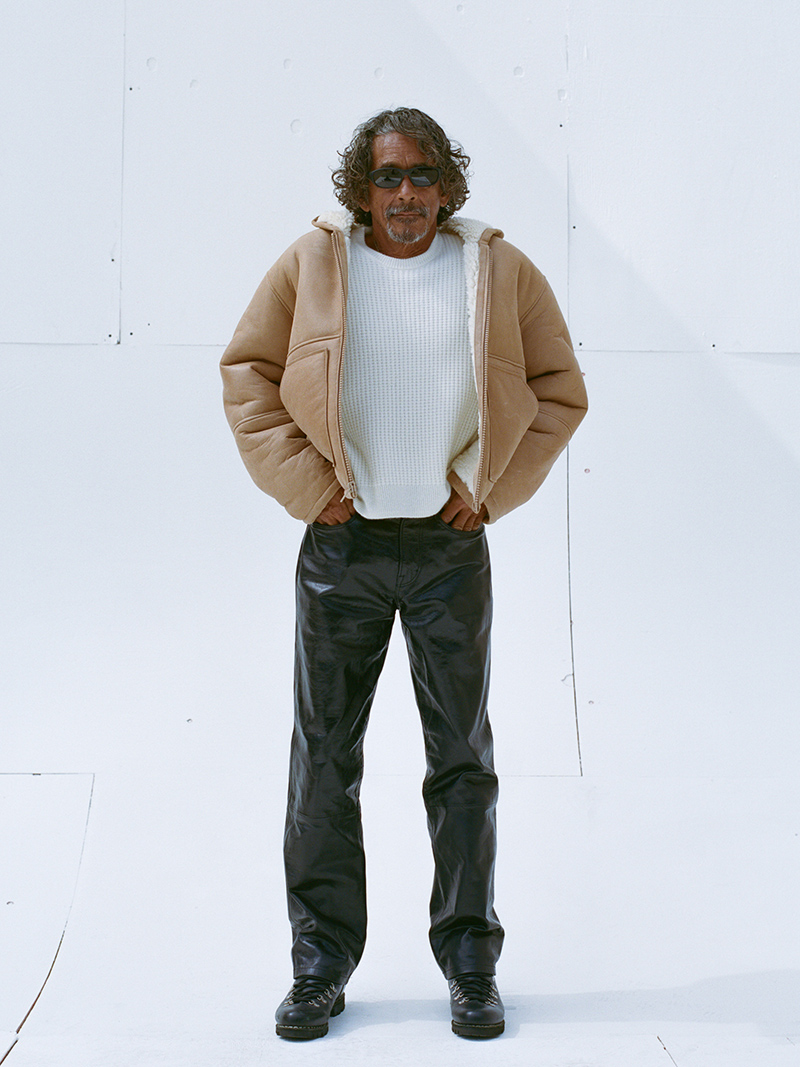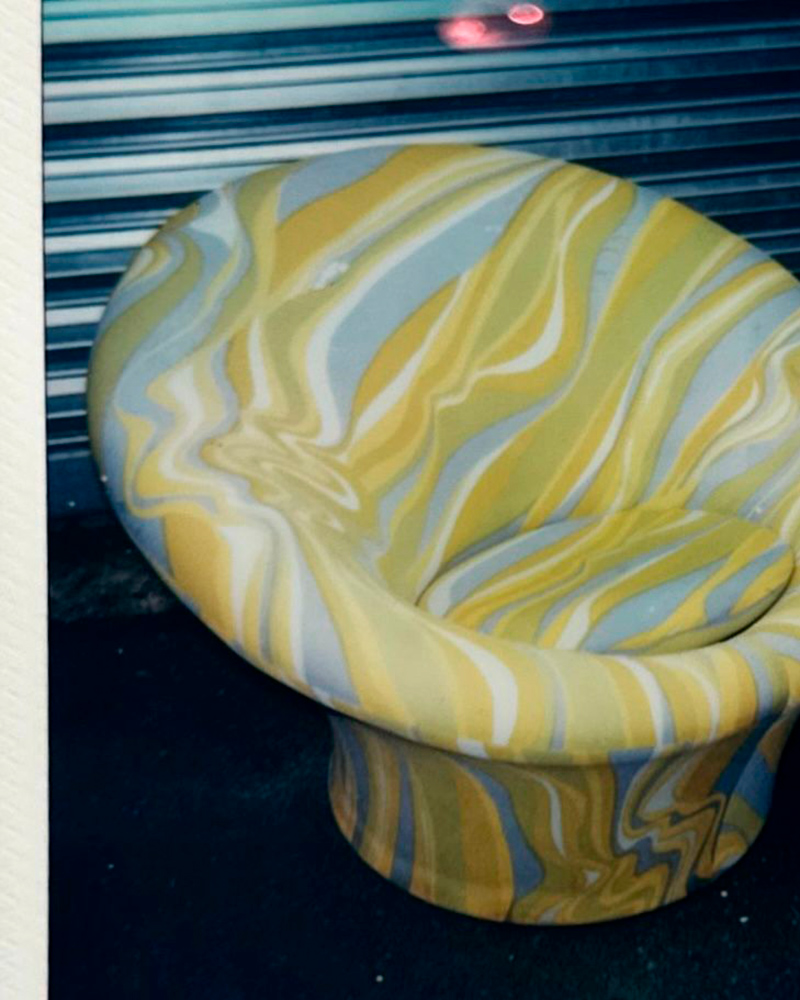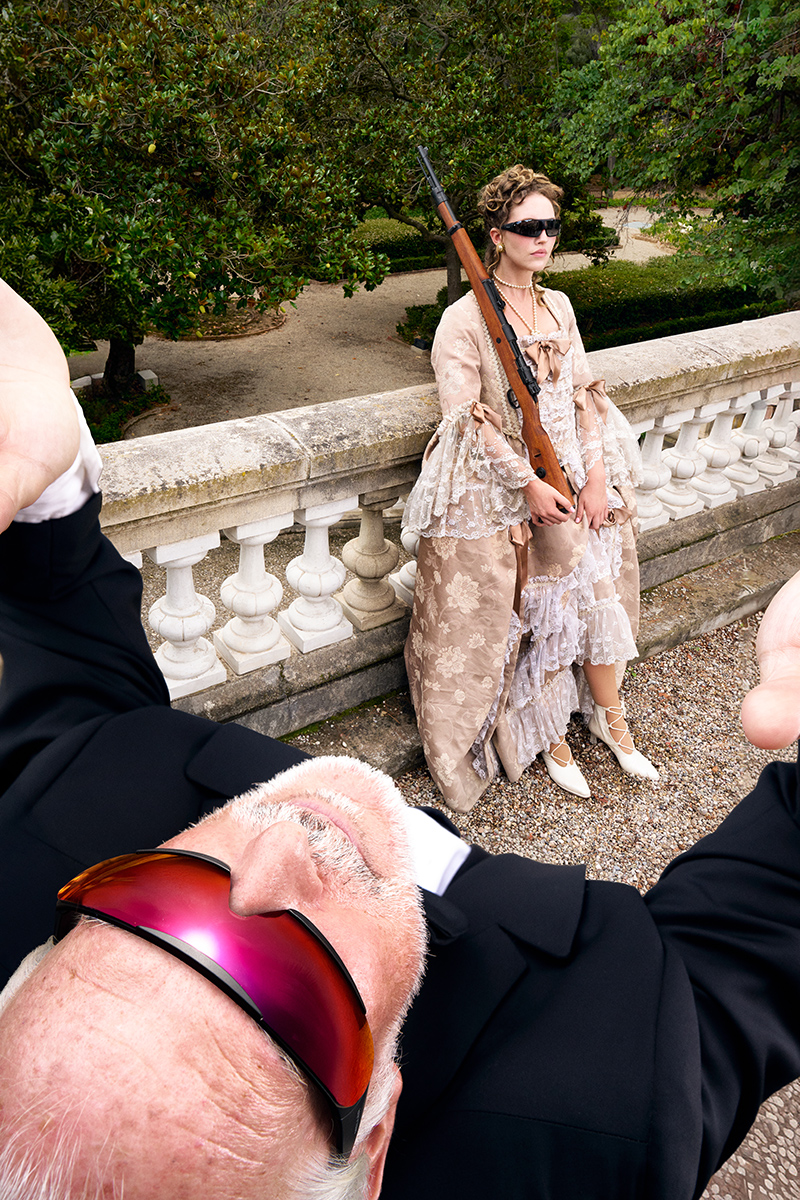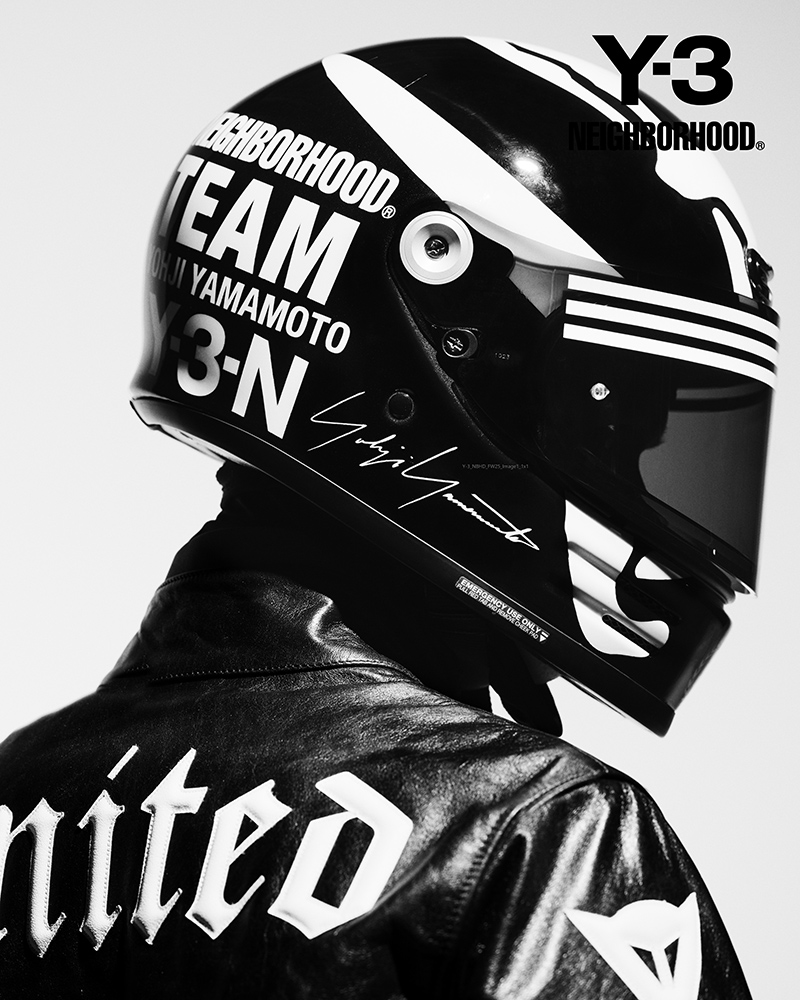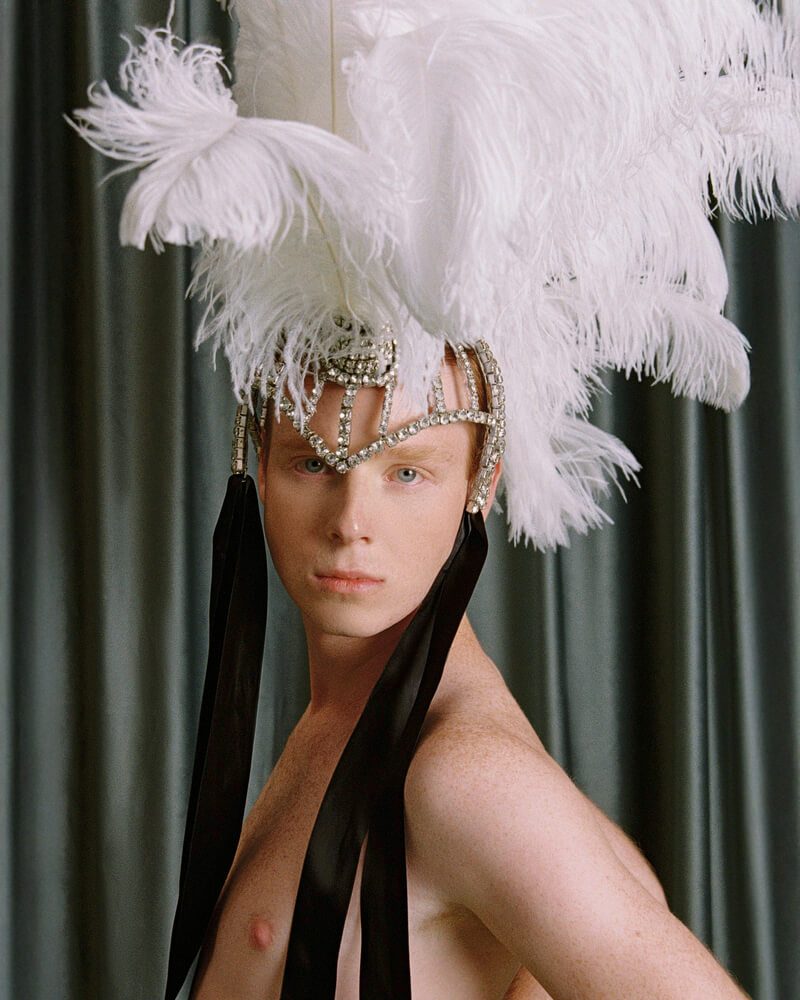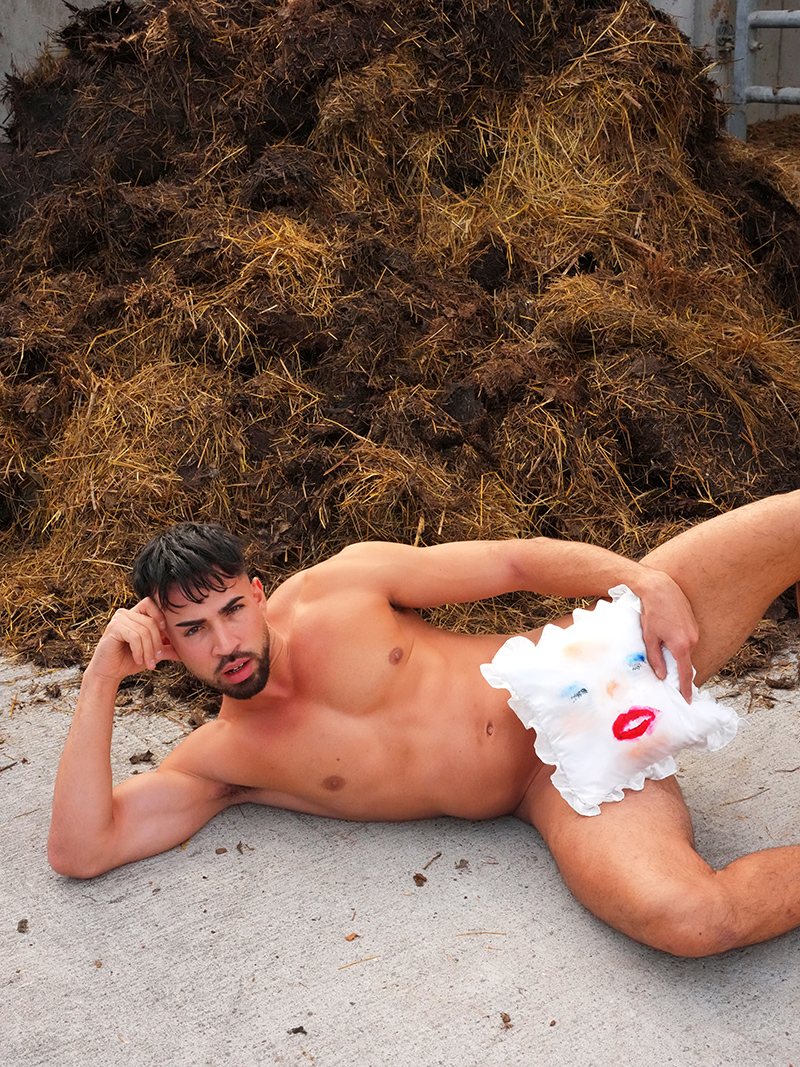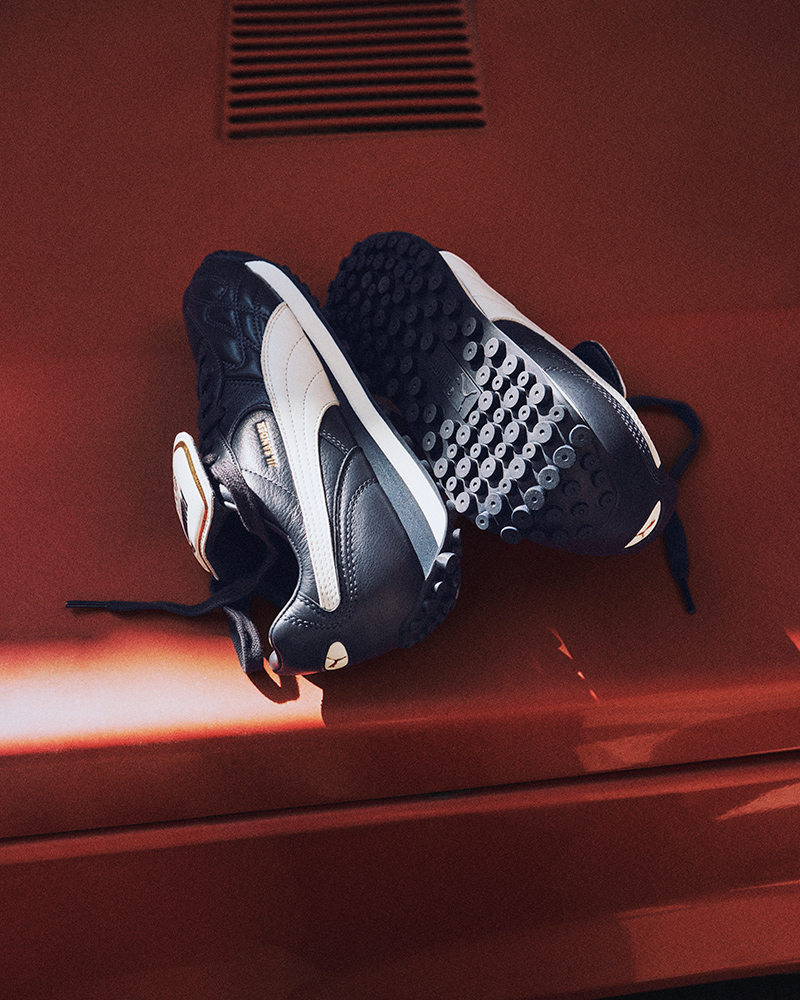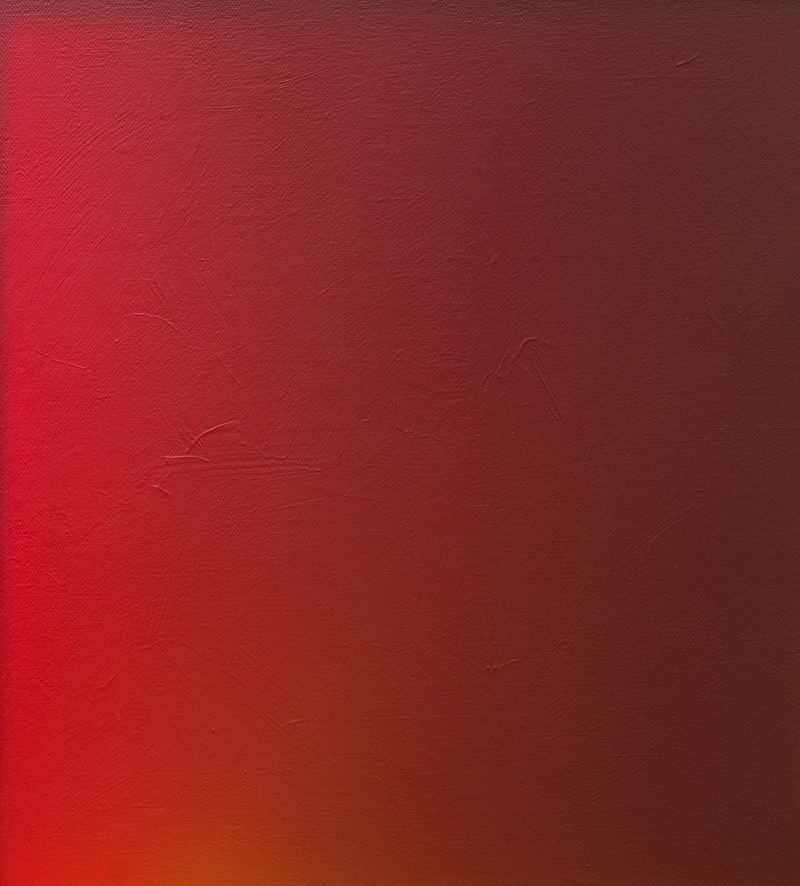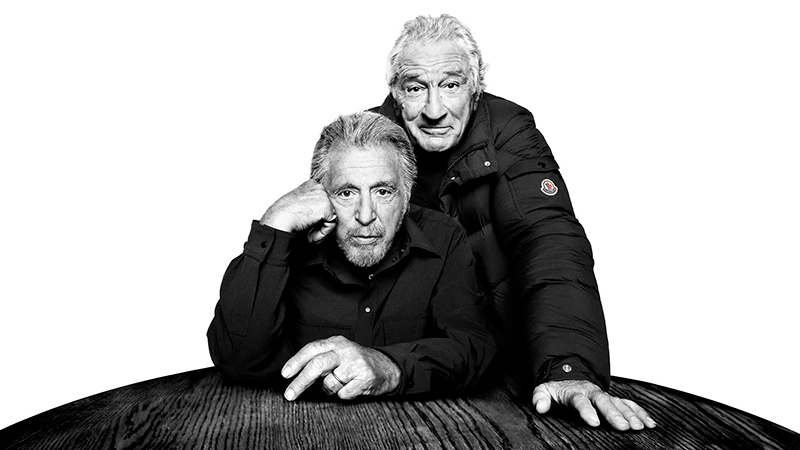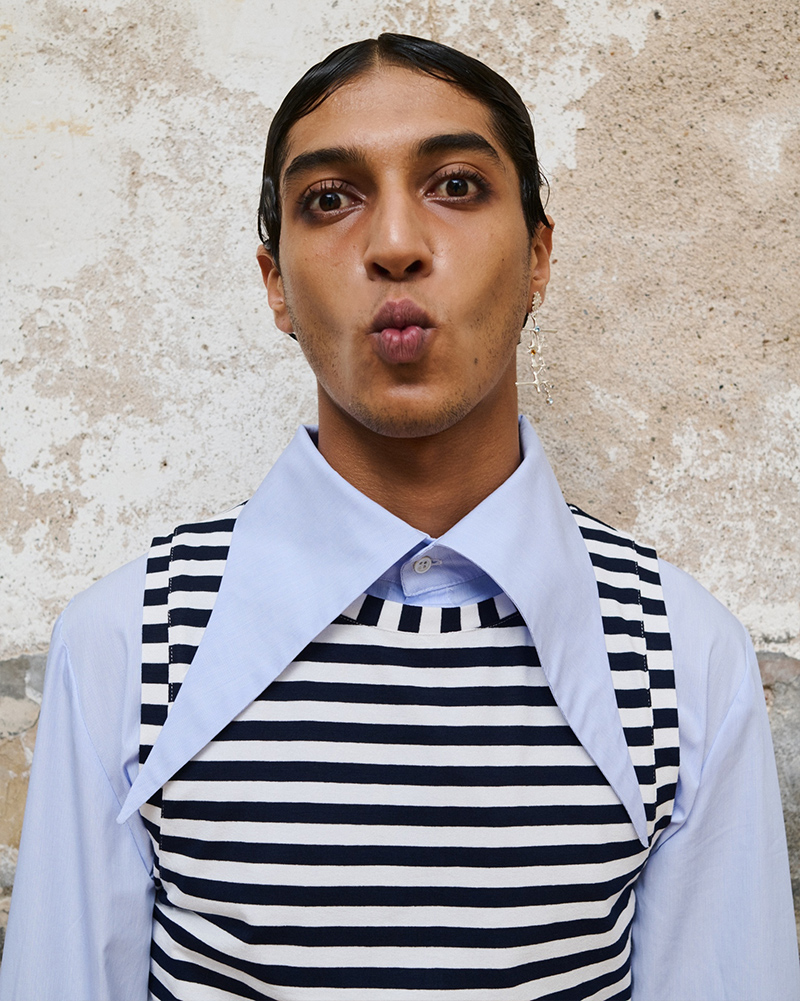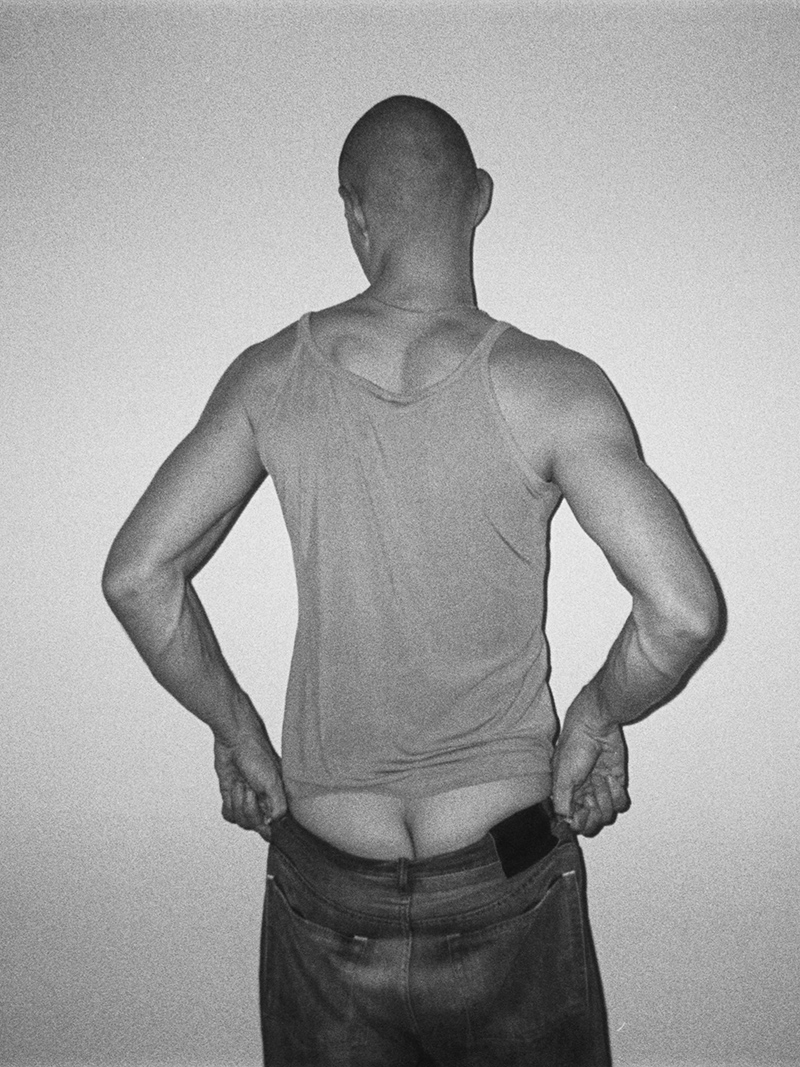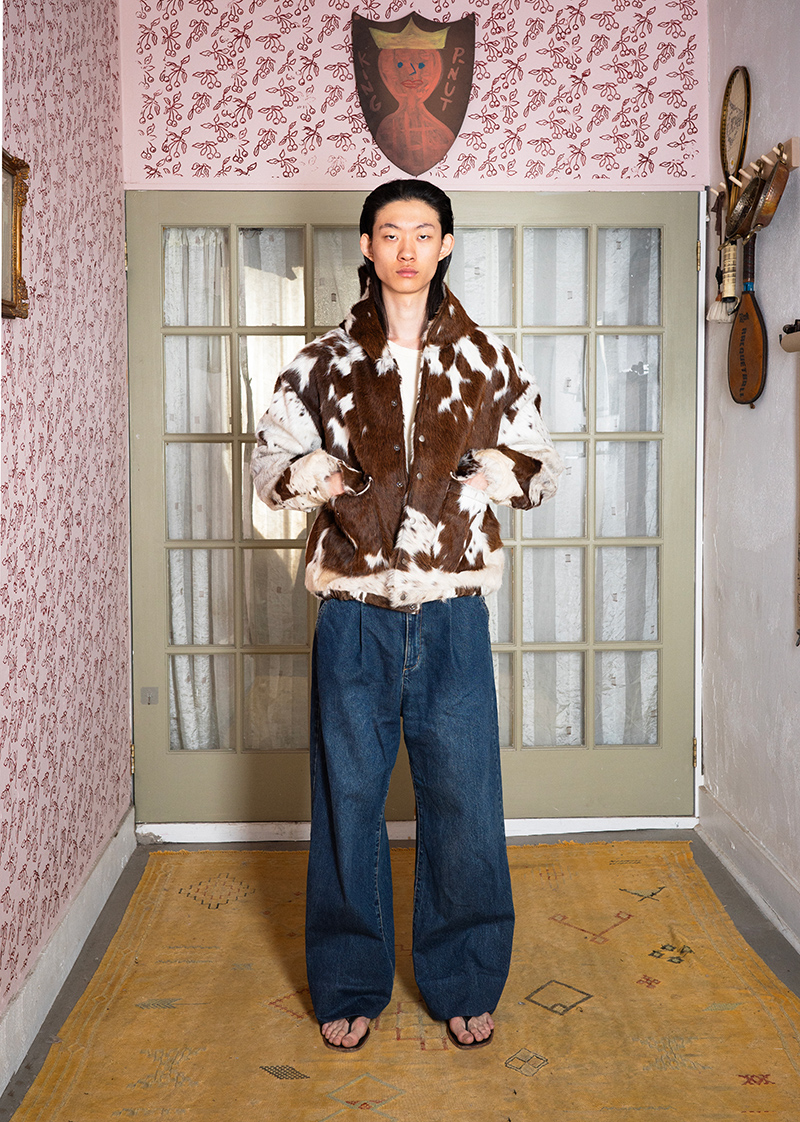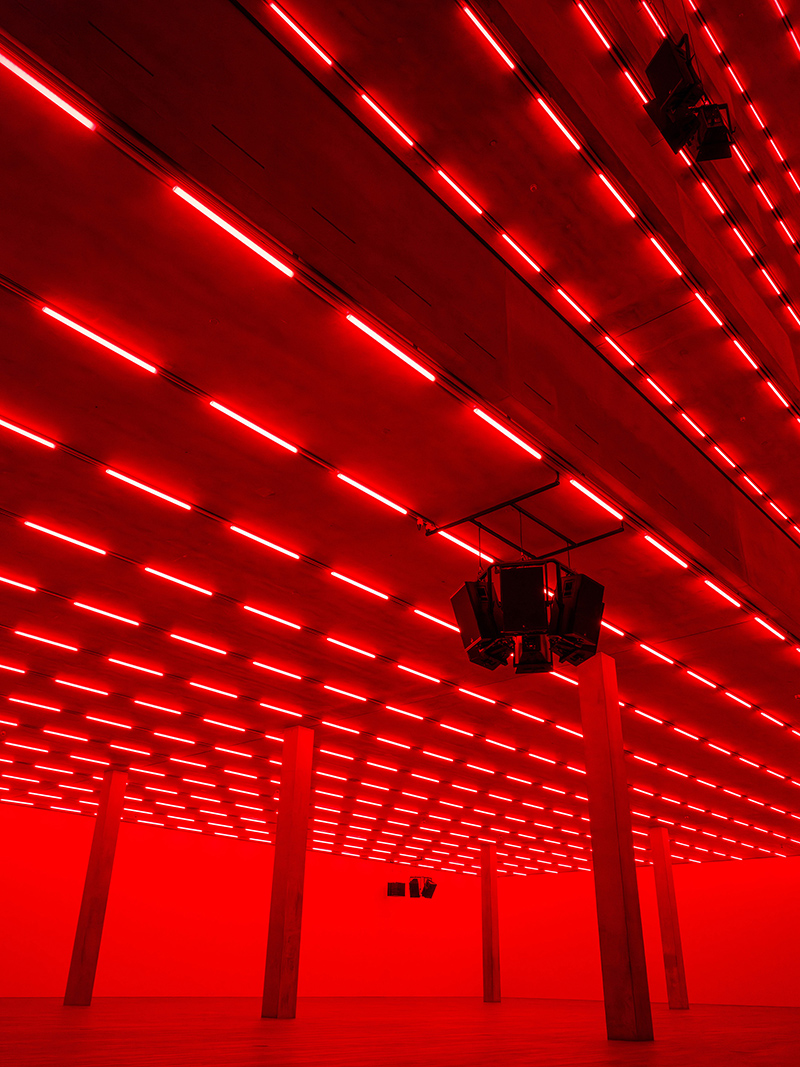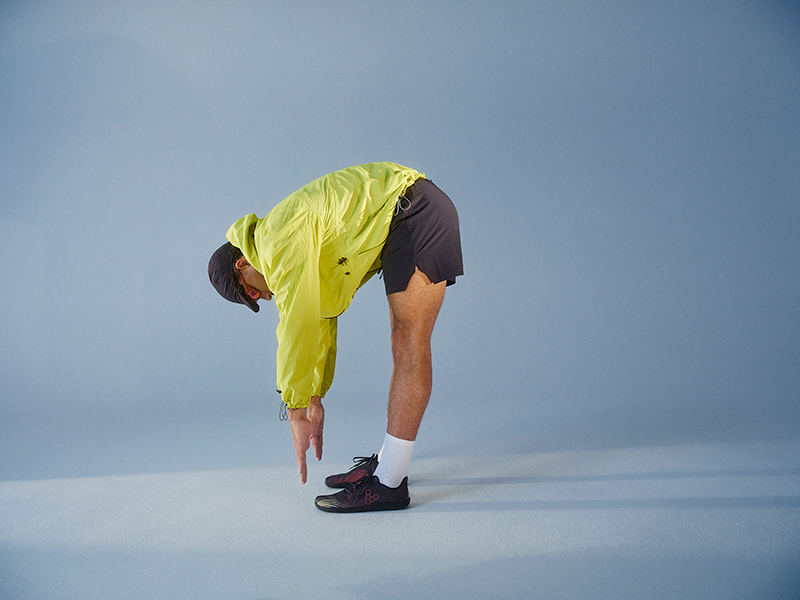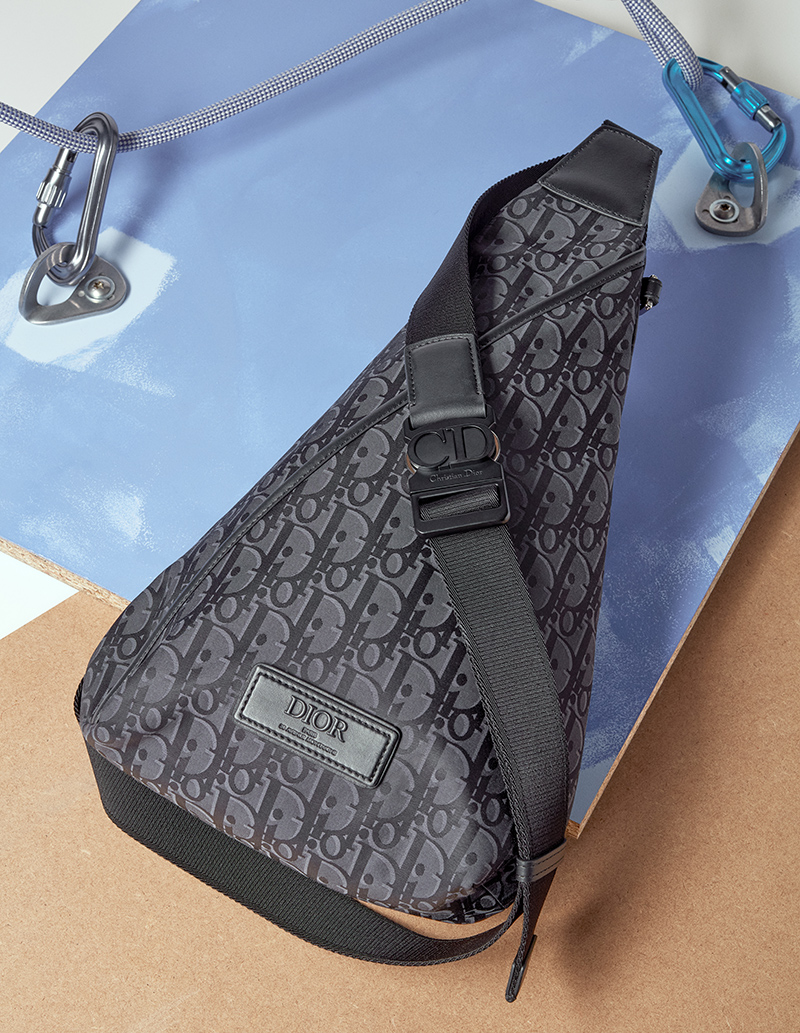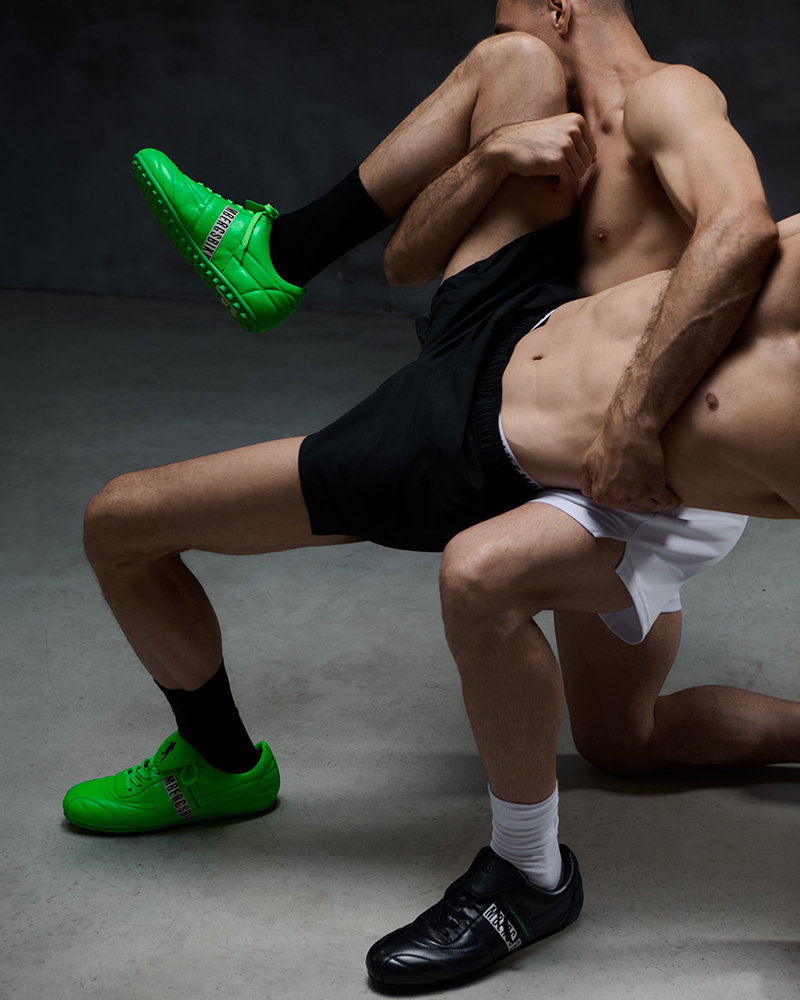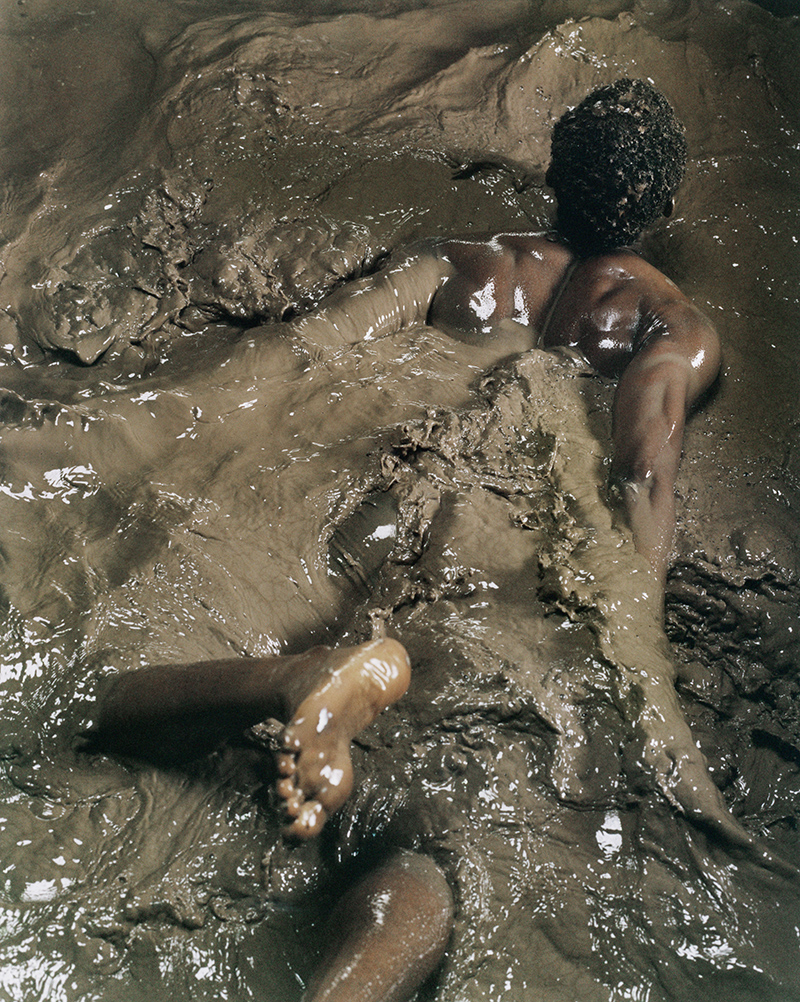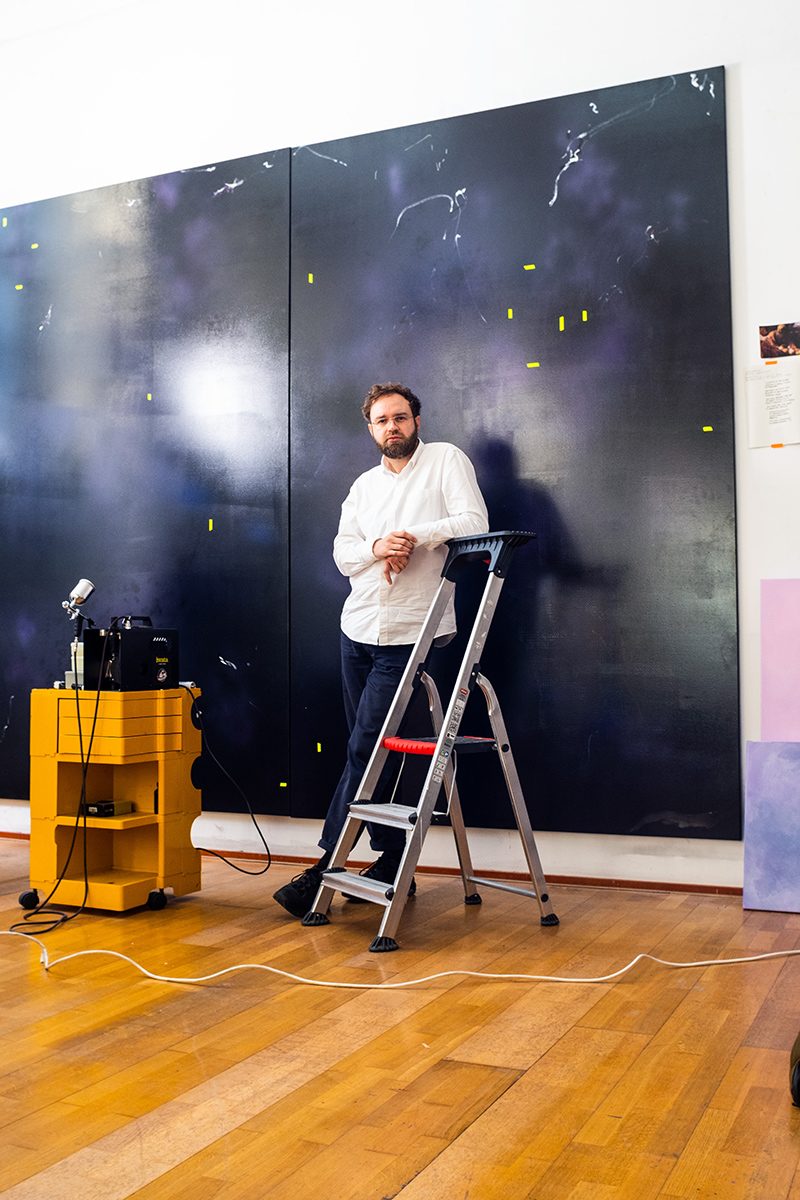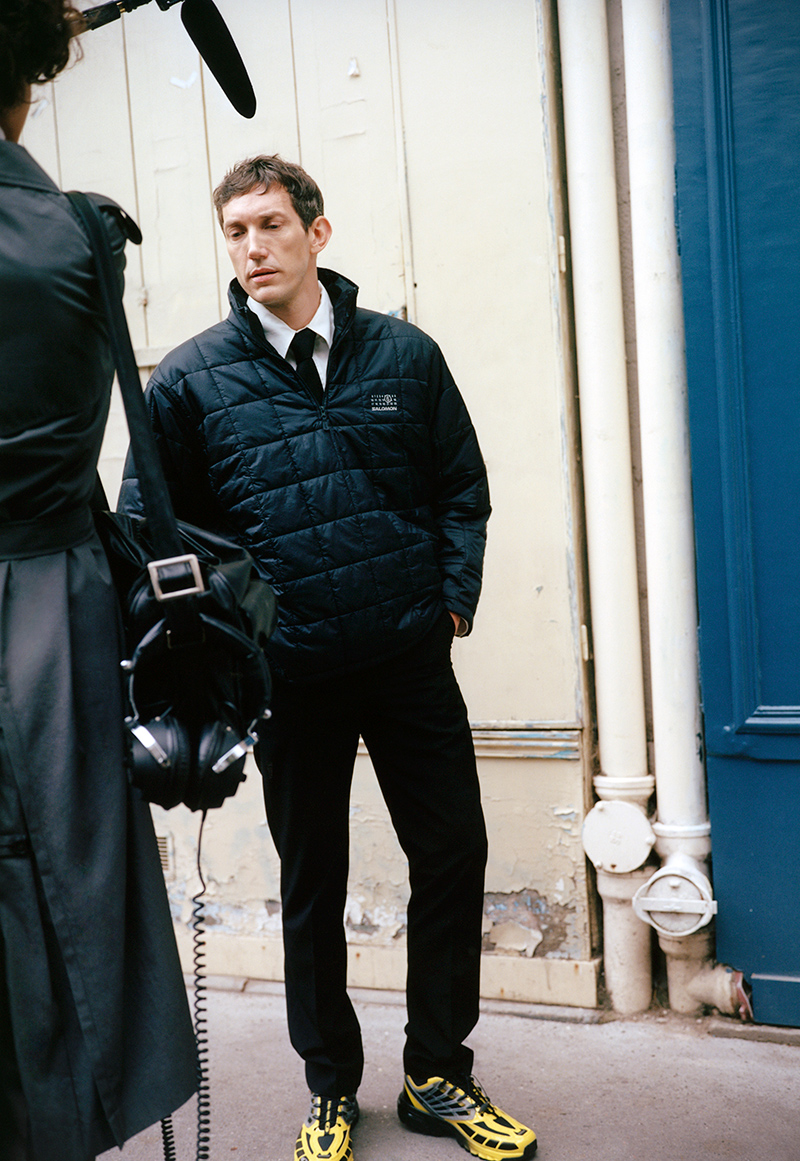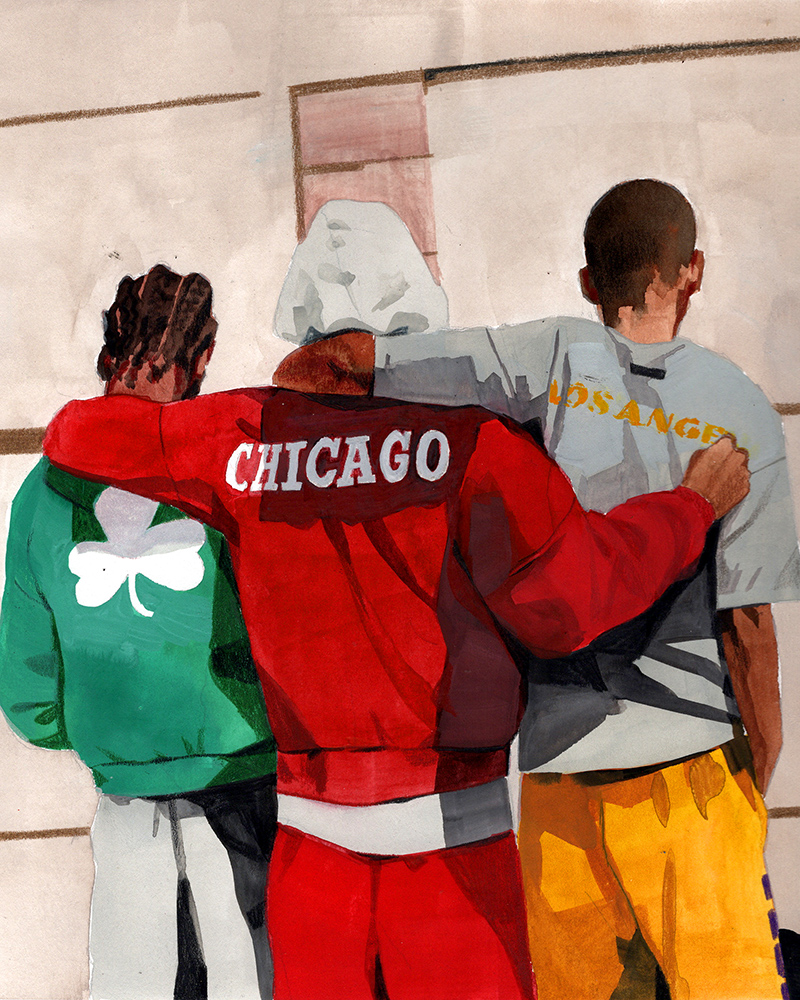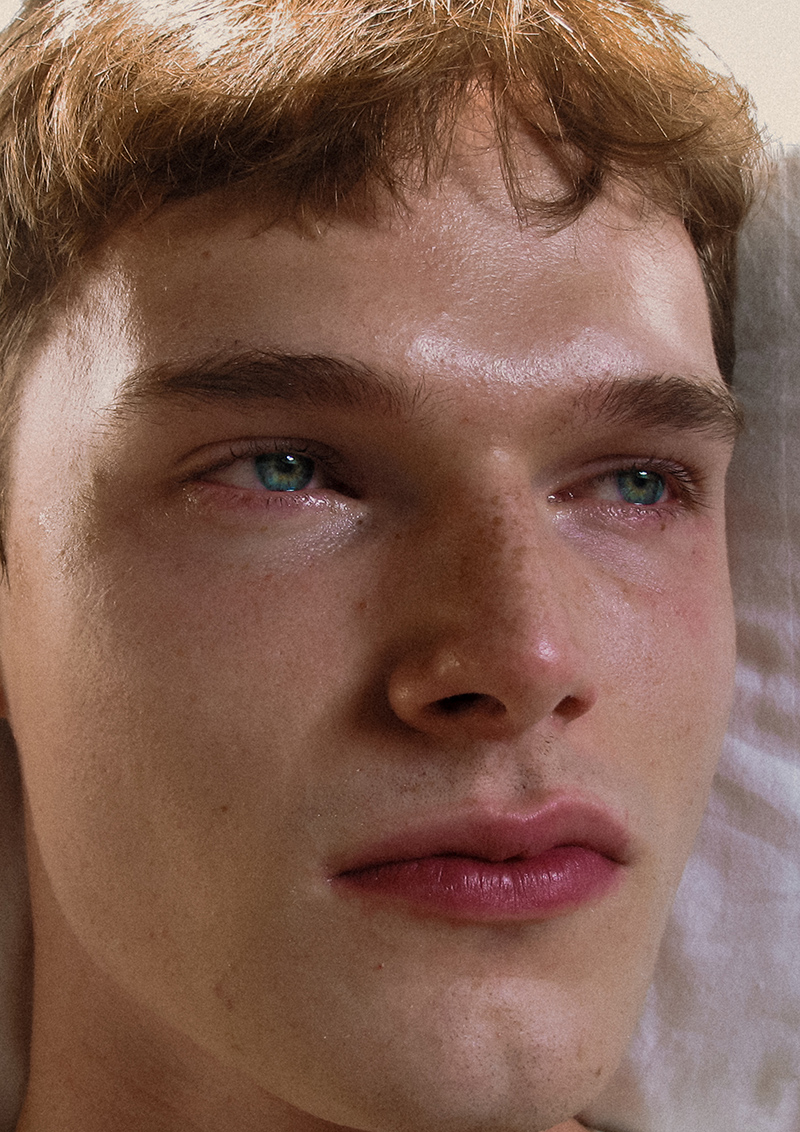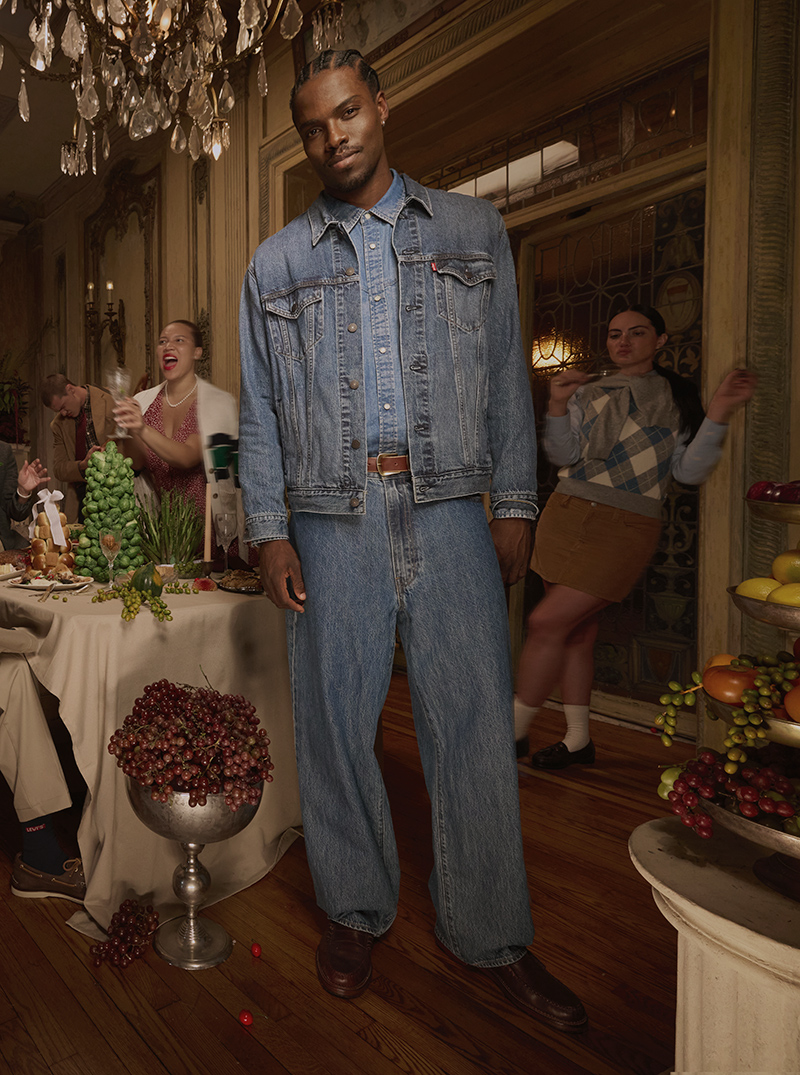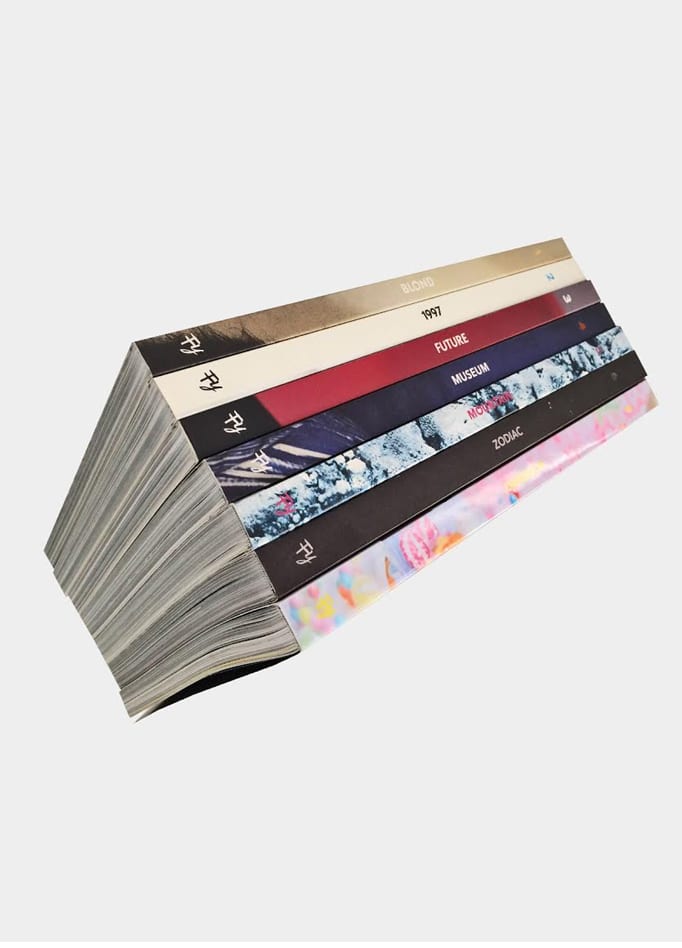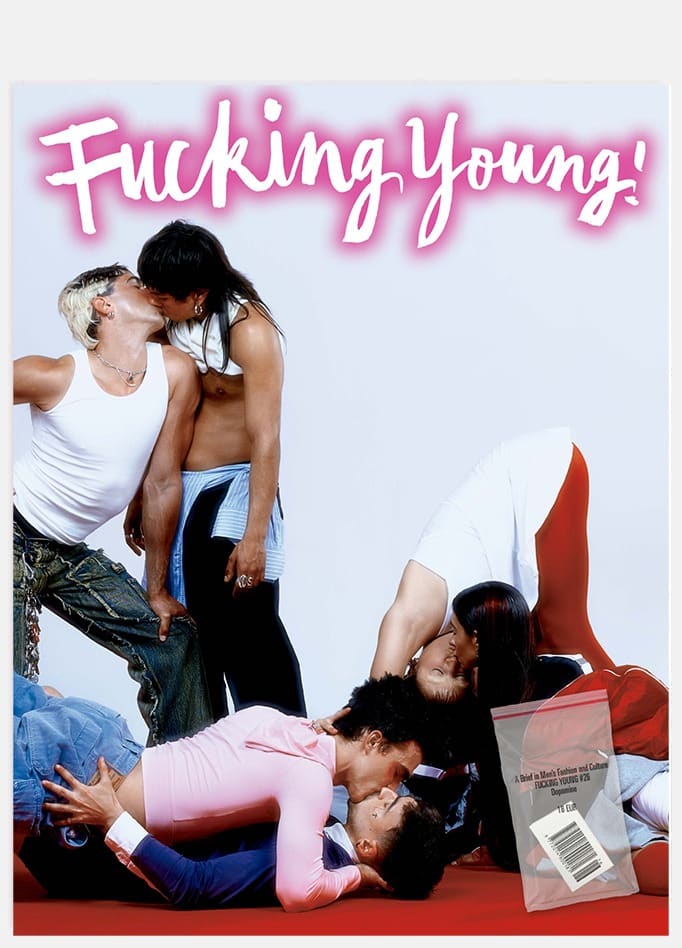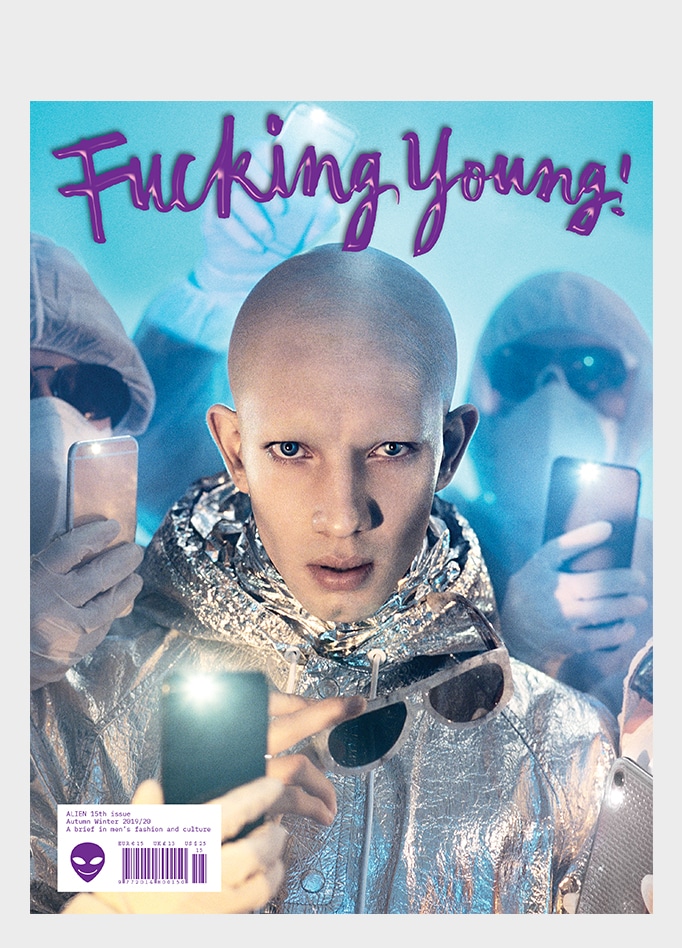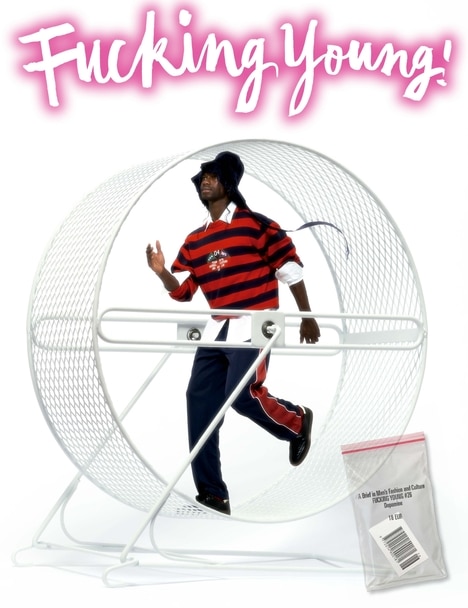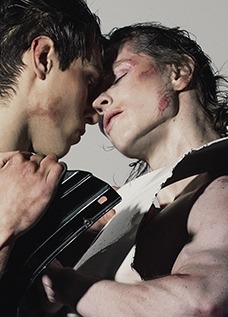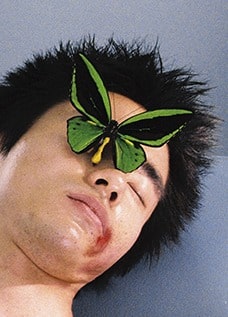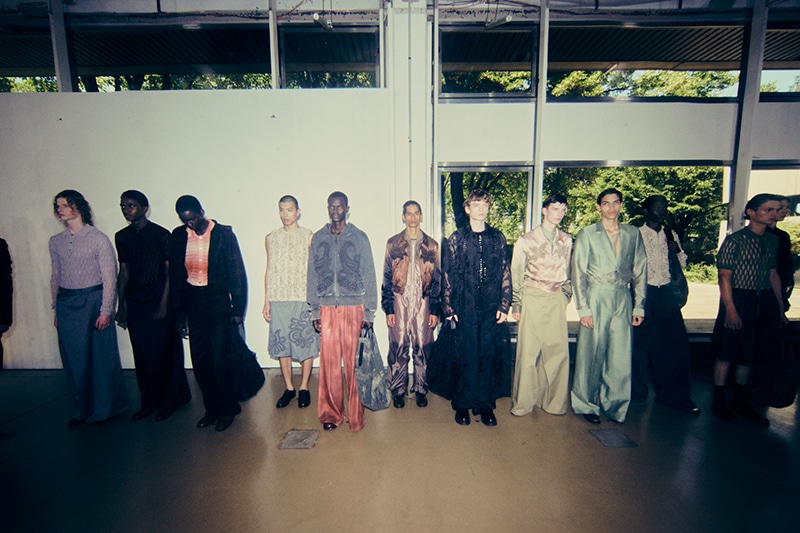
The Spring/Summer 2026 collection by TAAKK, The Common Baseline of Art, and The Ordinary, continued the brand’s ongoing exploration of the essence of creation. As a bridge between everyday wear and art, creative director Takuya Morikawa blends the lines between structure, functionality, and familiarity. The transformation of material as a key theme to the collection turns shirts to suits, and suits to shirts, while jacket textiles dissolve into shirting materials. There’s a stand on duality; necessity and disruption, tradition and experimentation, reimagining where clothing begins.
We checked in with Takuya Morikawa to talk process, evolution, and the foundation in the essence of creation. With backstage photography courtesy of TAAKK, giving us a closer look at their Paris Fashion Week show.
You describe the collection as a step closer to “the essence of creation.” What does “the essence” mean to you as a designer?
To me, the essence isn’t about imitation or trends—it’s about facing the question, “What do we truly believe in?” with complete honesty. For us, that answer lies in the act of making textiles and in the collaborative work we do with artisans. These elements might not be the most visible parts of fashion, but they hold limitless potential. They allow us to dig deeper into what makes us who we are. Pursuing that, with focus and intention, is what brings us closer to what I see as the true essence of creation.
This season’s embroidery is described as going from decoration to “sculpture.” Were there any challenges you faced transforming something more visual into a conceptual piece?
This season, I wanted embroidery to feel less like decoration and more like something sculptural—something that seems to rise up organically from the garment itself. To achieve that, we cut the same fabric used for the garment into narrow strips—1.5 cm and 7 mm wide—and connected them into a single tape over 100 meters long. From that tape, we formed the motifs, creating the impression that they were carved out from within the fabric rather than applied on top.
The challenge was maintaining a delicate balance: I didn’t want the embroidery to be loud or flashy, but rather to resonate quietly with the garment, almost as if it belonged there from the beginning. Blurring the line between decoration and structure was conceptually and technically demanding, but it was also one of the most rewarding parts of the process.
The Spring/Summer 2026 collection has a focus on the transformation of material, from shirt to suit and vice versa. What inspired you to break the functional rules in garments?
The idea didn’t come from a desire to break rules, honestly. It was born from engaging deeply with the techniques and capabilities of the factories we work with. This season, we succeeded in developing a fabric that naturally transitions from cotton shirting into wool suiting—a seamless gradient within a single textile.
Once that kind of material exists, the design simply follows. The cotton part wants to be a shirt, and the wool part naturally wants to take the form of a jacket. It’s as if the fabric itself tells you what it wants to become. By following that flow, rather than trying to force a concept, we ended up with garments that feel entirely new. So it wasn’t about intentionally breaking function—it was about listening to the fabric and allowing it to guide the form, which ultimately led us beyond traditional boundaries.
TAAKK’s blending of everyday wear with art feels like a central idea to this collection. How do you balance innovation and artistry with wearability?
Elements like sculptural embroidery, couture-level techniques, and other structural designs can easily become art pieces if left unchecked. Their presence is so strong that they risk drifting away from everyday life.
That’s why I consciously subtract—or sometimes add—to ensure these ideas can function in a daily context. It’s about editing: knowing when to hold back, and when to let something breathe. That process of refinement is what allows us to maintain the tension between art and wearability.
To me, the most exciting part of design is finding that fine line—creating something that feels special and expressive, yet can still be worn as part of someone’s everyday life.
You have mentioned that your work in TAAKK is founded on the skill and knowledge of master artisans. How is their inspiration involved in the creative process, and how do you mix their traditional with contemporary techniques?
I see the artisans’ techniques not just as “skills,” but as living memories—knowledge refined over time through dyeing, weaving, embroidery, and more. Each process carries a depth that can’t be replicated overnight.
By truly understanding those methods, new possibilities naturally emerge—ideas like, “What if we pushed this just a little further?” It’s not about forcing a modern twist, but about letting that curiosity grow from a place of respect. By combining their experience with my perspective, we’re able to create garments where the past and future can coexist—pieces that honor tradition while quietly challenging it.
You have talked about liberating yourself from pre-existing notions about fabrics and technique. Did you feel like there was a moment where you fully broke free from creative limitation?
To be honest… no, I don’t think I’ve ever felt completely free. There are always constraints and challenges, and I doubt total liberation ever truly exists. But creating textiles from scratch—that process does feel like a kind of freedom.
Rather than selecting fabrics that were conceived by someone else, I treat textile development as a lifelong practice, and even as a personal asset. Designing from that starting point allows me to work with materials that come from my own hands and ideas. In that sense, it’s a form of freedom—but perhaps more accurately, its freedom found within limitations.
For me, true creative freedom isn’t about having no boundaries—it’s about building your own path through the ones that exist.
Lastly, what does “Fucking Young!” mean to you?
It’s about a raw, instinctive kind of freedom. It’s the courage to move forward without being bound by conventions, to follow your emotions without hesitation.
That energy is something every creator should hold onto, regardless of age. “Fucking Young!” feels like a personal reminder to stay honest with that drive—to keep creating from a place of unfiltered curiosity and impulse.
Check out the backstage images (Courtesy of TAAKK) below:
